If you ever wondered why the progress in cancer research is so slow despite billions being invested into basic research – Sholto David will show you why.
Forget Asian papermills. Forget Sicilian universities. They are just emulating what the most prestigious US research institutions teach. And you can’t get any more prestigious than Harvard and its Dana Farber Cancer Institute.
Memorial Sloan Kettering Paper Mill
“Why do successful and apparently intelligent surgeons feel the need to play pretend at biology research? Has Sam S. Yoon ever performed an invasion or migration assay? […] if this is how he “supervises” his research does anyone trust his supervision of surgery?” – Sholto David
Well, the level of data forgery is pathetically amateurish and excessive. So much that we could only include a fraction of it into this article, you will have to search Ken Anderson, Bill Hahn and other protagonists on PubPeer to see how bad it all really is. In fact, it is worse, because we only see the tiny tip of the fraud iceberg – image data duplications, the last resort of a failed scientist after every other trick failed to provide the desired result. Billions of dollars were burned for this cancerous trash science, but it made many academic careers, some got very rich, and entire dynasties established themselves at Dana Farber.
None of Dana Farber researchers mentioned in this article replied when asked to comment on their PubPeer records.
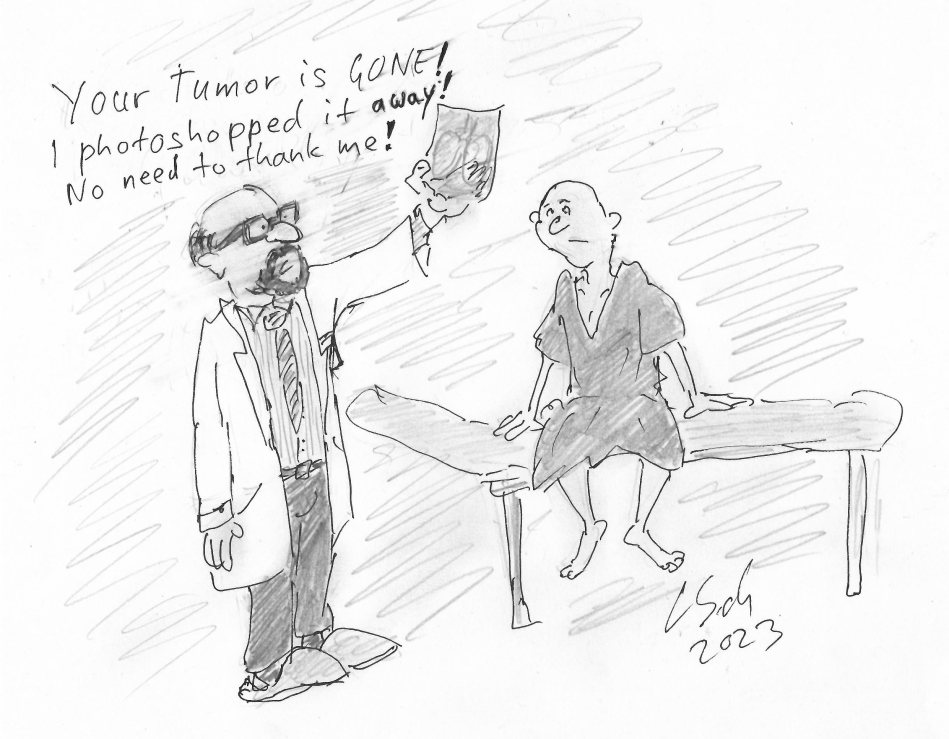
Dana-Farberications at Harvard University
By Sholto David
As the whole world furiously argues over whether the president of Harvard did or didn’t use some quotation marks in the right place, scientists at the affiliated Dana-Farber Cancer Institute (DFCI) must breathe a sigh of relief, no one has bothered to critically read their research in years! Far worse skeletons than plagiarism lurk in the archives…
Laurie H. Glimcher
Starting with Laurie H. Glimcher, who is the President and CEO of the DFCI. No doubt Laurie built her career on papers like this one, in Nature Immunology (2003), which includes some impressive contributions to art, but perhaps not to science.
Neal N. Iwakoshi, Ann-Hwee Lee, Prasanth Vallabhajosyula, Kevin L. Otipoby, Klaus Rajewsky, Laurie H. Glimcher Plasma cell differentiation and the unfolded protein response intersect at the transcription factor XBP-1 Nature Immunology (2003) doi: 10.1038/ni907
Maybe the coauthor Klaus Rajewsky could issue a correction blaming the updated western blot hardware this time (as opposed to “updated FlowJo software“).
Academic Dynasties: meet the Nussenzweigs
Star scientists Michel and Andre Nussenzweig come from a famous family of immunologists. Clare Francis looked at some of their papers.
Laurie has a curious attitude to correcting her work, although she has replied to one of my less critical comments, she neglected to respond to the above issue (despite prompting); and for the following duplicated flow cytometry plots, she provided this dismissive response:
“You should reach out to Dr. Hidde Ploegh- the first author, Dr. Boaz Tirosh was in his laboratory.”
Well Laurie, it’s your paper, if you care about it being correct, you could very well reach out yourself!
Boaz Tirosh, Neal N. Iwakoshi, Laurie H. Glimcher, Hidde L. Ploegh XBP-1 specifically promotes IgM synthesis and secretion, but is dispensable for degradation of glycoproteins in primary B cells The Journal of Experimental Medicine (2005) doi: 10.1084/jem.20050575
Laurie co-authored several papers with Claudio Hetz. This “star neuroscientist” was investigated by his university, which released a damning report, accusing Hetz of recklessness, negligence, and a problematic attitude to research ethics. Hetz simply expressed regret that he didn’t have access to a better version of Photoshop to more convincingly manipulate his images.
The Claudio Hetz Blues
“…Dr. Hetz seems rather to regret that he did not have better tools for editing the figures, so that the undeclared interventions would have gone unnoticed.” – University of Chile investigative report.
In February 2020 Laurie claimed on PubPeer that she had not been made aware of what happened with Hetz’s papers (perhaps she should subscribe to For Better Science email alerts!). In any case this discovery did not prompt her into action, by 2023, only one of the four papers tagged on PubPeer with her and Hetz as co-authors has received a reply from her, and none have been corrected or retracted. For example, this undergraduate level error of miscounted western blot lanes remains in the scientific record, without comment or correction, in the prestigious journal Science, no less:
Claudio Hetz, Paula Bernasconi, Jill Fisher, Ann-Hwee Lee, Michael C. Bassik , Bruno Antonsson, Gabriel S. Brandt, Neal N. Iwakoshi, Anna Schinzel, Laurie H. Glimcher, Stanley J. Korsmeyer Proapoptotic BAX and BAK modulate the unfolded protein response by a direct interaction with IRE1alpha Science (2006) doi: 10.1126/science.1123480
The above paper has generated a lengthy PubPeer thread, discussing multiple splices in the supplementary figures.
William C. Hahn (Bill)
The very next entry on the DFCI leadership page is Laurie’s deputy, William C. Hahn who is the Executive Vice President and Chief Operating Officer, as well as a member of the Broad Institute of MIT and Harvard. While Laurie has a few troubling papers and a lamentable attitude to rectifying these errors, Bill has a far more impressive PubPeer record, including 30 search results, with eighteen pertaining to problematic images. Bill is the former postdoc of Robert Weinberg, owner of an impressive PubPeer record too.
The wizard men curing breast cancer
A breast cancer foundation celebrates its research heroes. Read now here about how great US scientists from Harvard, MIT, Weill Cornell and MD Anderson cure cancer.
Bill contributed this calamitous effort to the journal Cancer Research in 2005.
Wen Chen, Jason D. Arroyo, Jamie C. Timmons, Richard Possemato, William C. Hahn Cancer-Associated PP2A Aα Subunits Induce Functional Haploinsufficiency and Tumorigenicity Cancer Research (2005) doi: 10.1158/0008-5472.can-05-1103
I would encourage anyone interested to look carefully at the blots, the edges very clearly show that these are not merely bands with similar shapes, but the same bands copied and pasted.
The Sex Privileges of mTORman David Sabatini
“The Plaintiff is Professor Sabatini […] the self-described powerful senior scientist, who had demanded sex of her when she was a graduate student ending her studies and about to start a fellowship at the Whitehead, in a program Sabatini would direct. […] And it is the man who had made it clear – throughout her…
The stench of the sacked MIT professor David M. Sabatini is never far from these discussions. Bill co-authored a 2006 paper in Cell with Sabatini, and also with MIT’s Eric Lander, who was previously Joe Biden’s top science adviser, but resigned following reports of bullying and misogyny.
Jason Moffat, Dorre A. Grueneberg, Xiaoping Yang, So Young Kim, Angela M. Kloepfer, Gregory Hinkle, Bruno Piqani, Thomas M. Eisenhaure, Biao Luo, Jennifer K. Grenier, Anne E. Carpenter, Shi Yin Foo, Sheila A. Stewart, Brent R. Stockwell, Nir Hacohen, William C. Hahn, Eric S. Lander, David M. Sabatini, David E. Root A Lentiviral RNAi Library for Human and Mouse Genes Applied to an Arrayed Viral High-Content Screen Cell (2006) doi: 10.1016/j.cell.2006.01.040
Bill’s PhD student Richard Possemato, also an author of the previously mentioned paper, worked at MIT with Sabatini and is now professor at New York University. The bands in yellow boxes are nearly pixel-perfect identical on close inspection.
Wen Chen, Richard Possemato, K Thirza Campbell, Courtney A Plattner, David C Pallas, William C Hahn Identification of specific PP2A complexes involved in human cell transformation Cancer Cell (2004) doi: 10.1016/s1535-6108(04)00026-1
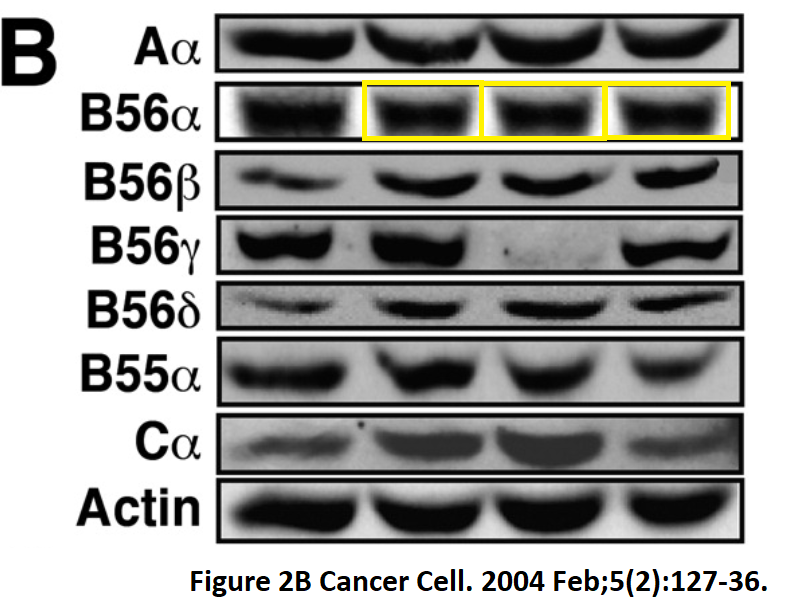
We can quickly complete the Cell, Nature, Science trifecta for this blog post with another collaboration between Bill and Sabatini published in Nature which includes duplicated flow cytometry histograms, sensibly tucked away in the supplementary data. James E. Bradner (formerly executive committee member of Novartis, and just last week announced as the new chief scientific officer of Amgen) earns another mention on For Better Science.
Scott R. Floyd, Michael E. Pacold, Qiuying Huang, Scott M. Clarke, Fred C. Lam, Ian G. Cannell, Bryan D. Bryson, Jonathan Rameseder, Michael J. Lee, Emily J. Blake, Anna Fydrych, Richard Ho, Benjamin A. Greenberger, Grace C. Chen, Amanda Maffa, Amanda M. Del Rosario, David E. Root, Anne E. Carpenter, William C. Hahn, David M. Sabatini, Clark C. Chen, Forest M. White, James E. Bradner, Michael B. Yaffe The bromodomain protein Brd4 insulates chromatin from DNA damage signalling Nature (2013) doi: 10.1038/nature12147
This is not the only duplication of flow cytometry histograms published by Bill; another was previously identified by Elisabeth Bik:
Sheila A Stewart, Derek M Dykxhoorn, Deborah Palliser, Hana Mizuno, Evan Y Yu, Dong Sung An, David M Sabatini, Irvin S Y Chen, William C Hahn, Phillip A Sharp, Robert A Weinberg, Carl D Novina Lentivirus-delivered stable gene silencing by RNAi in primary cells RNA (2003)
doi: 10.1261/rna.2192803
Bill apparently collects collaborations with longevity weirdos, including this paper with another obnoxious David: the Harvard professor David A. Sinclair. Something was clumsily hidden by cloning a rectangular section from a nearby lane. What was concealed? We will likely never know, but at least one of the authors must have felt it was important enough to hide.
Ron Firestein, Gil Blander, Shaday Michan, Philipp Oberdoerffer, Shuji Ogino, Jennifer Campbell, Anupama Bhimavarapu, Sandra Luikenhuis, Rafael De Cabo, Charles Fuchs, William C. Hahn, Leonard P. Guarente, David A. Sinclair The SIRT1 deacetylase suppresses intestinal tumorigenesis and colon cancer growth PLoS ONE (2008) doi: 10.1371/journal.pone.0002020
This finding was previously mentioned on For Better Science when discussing the work of Leonard Guarente, Sinclair’s mentor:
The original sins of Leonard Guarente
“Without specific and credible allegations of research misconduct, MIT is unable to take any action.”
In his quest to befriend anti-aging cheaters, Bill has also travelled to Germany, where he collaborated with the shooting star Karl Lenhard Rudolph (who later became the nation’s most famous zombie scientist).
Karl Lenhard Rudolph barred from DFG funding for 2 years, as supportive peers flock to his conference
More bad news for Karl Lenhard Rudolph: misconduct findings and 2 year funding ban from DFG. Good news: the international scientific community stands to him in solidarity, no retractions, even some corrections won’t be implemented.
The following paper stems from Rudolph’s time at Hannover Medical School, and it was therefore not part of the 2016 misconduct investigation by the Leibniz Association. The penultimate author is Hannover Medical School’s current president, Michael P. Manns.
A Satyanarayana, R A Greenberg, S Schaetzlein, J Buer, K Masutomi, W C Hahn, S Zimmermann, U Martens, M P Manns, K L Rudolph Mitogen stimulation cooperates with telomere shortening to activate DNA damage responses and senescence signaling Molecular and Cellular Biology (2004) doi: 10.1128/mcb.24.12.5459-5474.2004
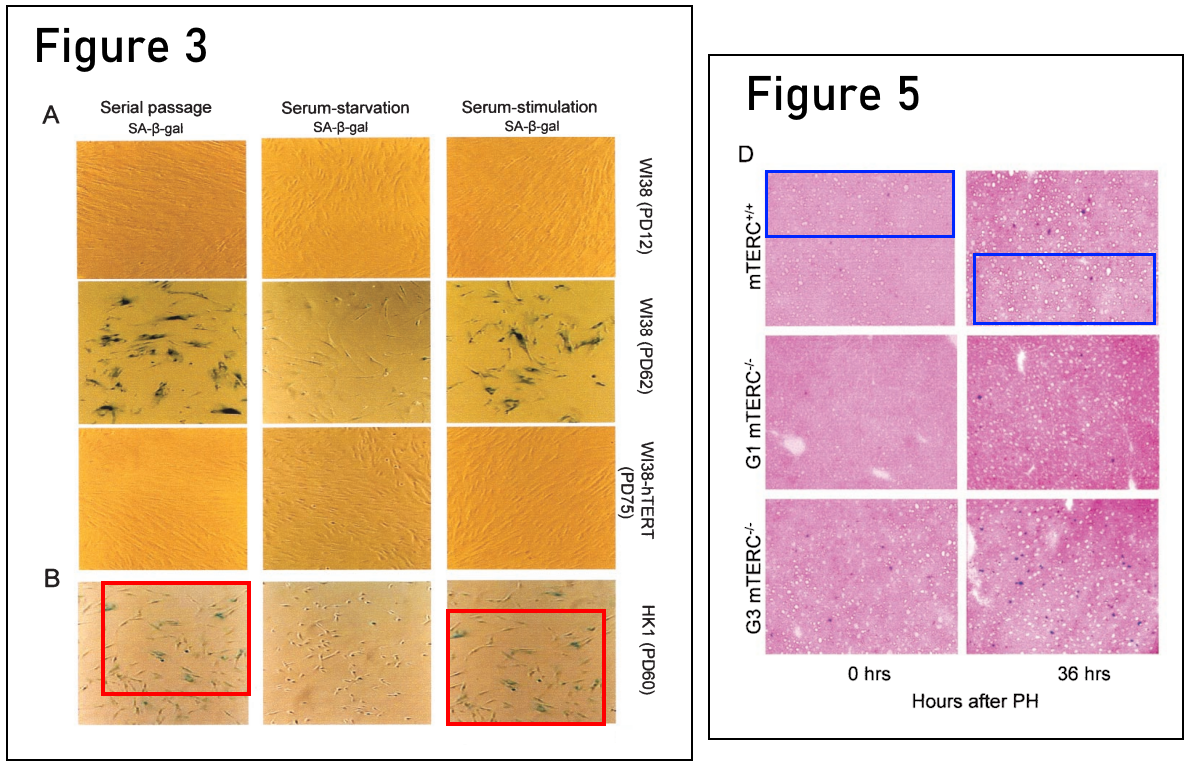
Bill works with lots of prestigious collaborators, Massimo Loda is the current Editor-in-Chief of Molecular Cancer Research, an AACR journal (a publisher you can find frequently in this blog post).
AACR deploys Massimo Loda on a mission to cure cancer
Meet Massimo Loda, the new EiC of Molecular Cancer Research. Not despite, but because of his PubPeer record. Also meet his partner Michele Pagano!
Raanan Berger, Phillip G. Febbo, Pradip K. Majumder, Jean J. Zhao, Shayan Mukherjee, Sabina Signoretti, K. Thirza Campbell, William R. Sellers, Thomas M. Roberts, Massimo Loda, Todd R. Golub, William C. Hahn Androgen-induced differentiation and tumorigenicity of human prostate epithelial cells Cancer Research (2004) doi: 10.1158/0008-5472.can-04-2938
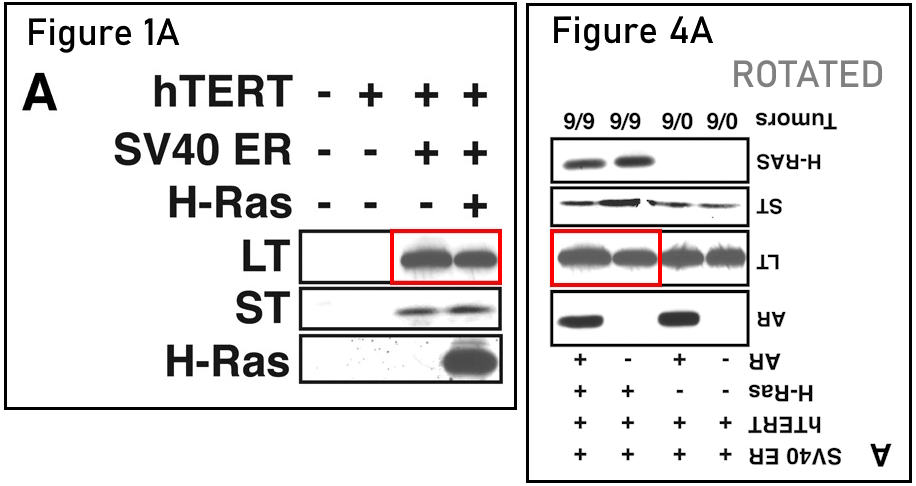
Worth mentioning that Thomas M. Roberts is another DFCI researcher and Harvard professor, and so is his former postdoc Jean Zhao; they have a PubPeer record of their own, with and without Bill.
Here is Bill with another DFCI colleague, James DeCaprio:
Anna A. Sablina, Wen Chen, Jason D. Arroyo, Laura Corral, Melissa Hector, Sara E. Bulmer, James A. DeCaprio, William C. Hahn The tumor suppressor PP2A Abeta regulates the RalA GTPase Cell (2007) doi: 10.1016/j.cell.2007.03.047

In 2020, DeCaprio corrected a Nature Cell Biology paper Park et al 2020 because “the western blot image for VINC in Fig. 3g was a duplicate of that for LSD1.” So duplicated blots should be corrected? Plenty of work to be done in that regard!
Another impressive titan of industry, Bill published with current Head of Global Product Development and Chief Medical Officer of Roche, Levi Garraway in 2011.
Nikhil Wagle, Caroline Emery, Michael F. Berger, Matthew J. Davis, Allison Sawyer, Panisa Pochanard, Sarah M. Kehoe, Cory M. Johannessen, Laura E. MacConaill, William C. Hahn, Matthew Meyerson, Levi A. Garraway Dissecting therapeutic resistance to RAF inhibition in melanoma by tumor genomic profiling Journal of Clinical Oncology (2011)
doi: 10.1200/jco.2010.33.2312

But don’t rush to alert Roche, their former Global Head of Pharma Research and Early Development was John C Reed, who was previously at Sanofi, and is now at Johnson & Johnson. Good to know that in Big Pharma research is in such safe hands.
Sanofi R&D Head John Reed knows how to science
In 2018, the pharma giant Sanofi appointed with John Reed a new R&D head. Apparently Sanofi does not believe in PubPeer.
More troubling western blots in motion at DFCI, with Bill as the penultimate author.
Hailing Cheng, Pixu Liu, Zhigang C Wang, Lihua Zou, Stephanie Santiago, Victoria Garbitt, Ole V Gjoerup, J Dirk Iglehart, Alexander Miron, Andrea L Richardson, William C Hahn, Jean J Zhao SIK1 couples LKB1 to p53-dependent anoikis and suppresses metastasis Science Signaling (2009)
doi: 10.1126/scisignal.2000369
And finally for Bill, another paper in Nature, with Bob Weinberg, containing multiple splices, and a mirrored band (I also think the migration of the Large-T bands seems unusual). This paper has over 3000 citations… So probably nothing urgent here for Nature to address?
William C. Hahn, Christopher M. Counter, Ante S. Lundberg, Roderick L. Beijersbergen, Mary W. Brooks, Robert A. Weinberg Creation of human tumour cells with defined genetic elements Nature (1999) doi: 10.1038/22780

Irene M. Ghobrial
Moving on to Irene M. Ghobrial, who is the Senior Vice President for Experimental Medicine at DFCI. Irene works on multiple myeloma, frequently publishing with her DFCI colleagues Kenneth C. Anderson, Nikhil C. Munshi, Teru Hideshima, Ruben Carrasco, and Yu-Tzu Tai.
What kind of research has elevated Irene to her current position?
In 2012 this epic fail was published, Irene gained ethical approval to aspirate bone marrow from cancer patients and healthy volunteers, but Figure 1 includes three obvious duplications.
Feda Azab, Abdel Kareem Azab, Patricia Maiso, Teresa Calimeri, Ludmila Flores, Yang Liu, Phong Quang, Aldo M. Roccaro, Antonio Sacco, Hai T. Ngo, Yong Zhang, Brittany L. Morgan, Ruben D. Carrasco, Irene M. Ghobrial Eph-B2/ephrin-B2 interaction plays a major role in the adhesion and proliferation of Waldenstrom’s macroglobulinemia Clinical Cancer Research (2012)
doi: 10.1158/1078-0432.ccr-11-0111
Wouldn’t the volunteers be furious after undergoing such an invasive procedure? Can the data from a paper like this ever be rehabilitated?
Just like hapless Chinese papermills, Harvard scientists struggle with images of crystal violet stained cells. Perhaps this method is just cursed?
Paola Neri, Li Ren, Abdel Kareem Azab, Matthew Brentnall, Kathy Gratton, Alexander C. Klimowicz, Charles Lin, Peter Duggan, Pierfrancesco Tassone, Adnan Mansoor, Douglas A. Stewart, Lawrence H. Boise, Irene M. Ghobrial, Nizar J. Bahlis Integrin β7-mediated regulation of multiple myeloma cell adhesion, migration, and invasion Blood (2011) doi: 10.1182/blood-2010-06-292243
Another blunder in troublesome migration and invasion experiments was published with John Crown, an Irish politician and member of the 24th Seanad at the time this paper was submitted.
Claire Corcoran, Sweta Rani, Susan Breslin, Martina Gogarty, Irene M Ghobrial, John Crown, Lorraine O’Driscoll miR-630 targets IGF1R to regulate response to HER-targeting drugs and overall cancer cell progression in HER2 over-expressing breast cancer Molecular Cancer (2014)
doi: 10.1186/1476-4598-13-71
Like her colleagues mentioned above, Irene also has trouble with counting, how many Harvard researchers does it take to count to seven I wonder?
Alissa Huston, Xavier Leleu, Xiaoying Jia, Anne-Sophie Moreau, Hai T. Ngo, Judith Runnels, Judy Anderson, Yazan Alsayed, Aldo Roccaro, Sonia Vallet, Evdoxia Hatjiharissi, Yu-Tsu Tai, Peter Sportelli, Nikhil Munshi, Paul Richardson, Teru Hideshima, David G. Roodman, Kenneth C. Anderson, Irene M. Ghobrial Targeting Akt and Heat Shock Protein 90 Produces Synergistic Multiple Myeloma Cell Cytotoxicity in the Bone Marrow Microenvironment Clinical Cancer Research (2008) doi: 10.1158/1078-0432.ccr-07-1299

As with Bill, there are plenty of western blot duplications to enjoy, too.
Abdel Kareem Azab, Feda Azab, Simona Blotta, Costas M. Pitsillides, Brian Thompson, Judith M. Runnels, Aldo M. Roccaro, Hai T. Ngo, Molly R. Melhem, Antonio Sacco, Xiaoying Jia, Kenneth C. Anderson, Charles P. Lin, Barrett J. Rollins, Irene M. Ghobrial RhoA and Rac1 GTPases play major and differential roles in stromal cell-derived factor-1-induced cell adhesion and chemotaxis in multiple myeloma Blood (2009) doi: 10.1182/blood-2009-01-199281
Ruben Carrasco is another DFCI scientist and frequent collaborator of Irene’s. He is listed as a former postdoc of Ronald DePinho (who caused a financial catastrophe as President of MD Anderson in Texas). Read more on Ron here:
Anil Sood and other questionable stars of MD Anderson
The MD Anderson Cancer Center, part of the University of Texas and located in Houston, is a giant hub of huge cancer research money, even for US standards. They also do a lot of science there, which only purpose seems to be publishing in big journals in order to generate even more money. If there…
Abdel Kareem Azab, Phong Quang, Feda Azab, Costas Pitsillides, Brian Thompson, Triona Chonghaile, John T Patton, Patricia Maiso, Val Monrose, Antonio Sacco, Hai T Ngo, Ludmila M Flores, Charles P Lin, John L Magnani, Andrew L Kung, Anthony Letai, Ruben Carrasco, Aldo M Roccaro, Irene M Ghobrial
P-selectin glycoprotein ligand regulates the interaction of multiple myeloma cells with the bone marrow microenvironment
Blood (2012) doi: 10.1182/blood-2011-07-368050

Perhaps one can only learn bad science from DePinho, who was the postdoctoral adviser for Ned Sharpless, subject of my last blog post.
Sharpless Ned, or how half a mouse died
“The President’s goal of ending cancer as we know it today is grounded, in part, in the work of scientific discovery that Ned Sharpless has led at NCI”
Who could be to blame for this supplemental silliness? The splice, which the authors did not try to hide, is hard to justify in the first place, never mind that loading controls were simply borrowed from the above blot.
Michal Bar‐Natan, Dina Stroopinsky, Katarina Luptakova, Maxwell D. Coll, Arie Apel, Hasan Rajabi, Athalia R. Pyzer, Kristen Palmer, Michaela R. Reagan, Myrna R. Nahas, Rebecca Karp Leaf, Salvia Jain, Jon Arnason, Irene M. Ghobrial, Kenneth C. Anderson, Donald Kufe, Jacalyn Rosenblatt, David Avigan Bone marrow stroma protects myeloma cells from cytotoxic damage via induction of the oncoprotein MUC1 British Journal of Haematology (2017) doi: 10.1111/bjh.14493
Irene’s Italian mentee, Aldo Roccaro, previously worked at the DFCI and has subsequently returned to Italy, where he now a clinical research director at the hospital in Brescia, and a member of the ethics commission.
Aldo M Roccaro, Antonio Sacco, Xiaojing Jia, Ranjit Banwait, Patricia Maiso, Feda Azab, Ludmila Flores, Salomon Manier, Abdel Kareem Azab, Irene M Ghobrial Mechanisms of activity of the TORC1 inhibitor everolimus in Waldenstrom macroglobulinemia Clinical Cancer Research (2012) doi: 10.1158/1078-0432.ccr-12-1532
I am also concerned about images of mice. In the figure below, a group of mice has made a knight move across the page, and transitioned between groups. Thinking about what Irene’s team may have wished to demonstrate (lack of cancer spread in their favoured group) this appears to be a very convenient error.
Yu Zhang, Michele Moschetta, Daisy Huynh, Yu-Tzu Tai, Yong Zhang, Wenjing Zhang, Yuji Mishima, Jennifer E. Ring, Winnie F. Tam, Qunli Xu, Patricia Maiso, Michaela Reagan, Ilyas Sahin, Antonio Sacco, Salomon Manier, Yosra Aljawai, Siobhan Glavey, Nikhil C. Munshi, Kenneth C. Anderson, Jonathan Pachter, Aldo M. Roccaro, Irene M. Ghobrial Pyk2 promotes tumor progression in multiple myeloma Blood (2014) doi: 10.1182/blood-2014-03-563981
Another problematic murine figure is shown below. This appears to be nearly entirely fabricated by taking repeated scans of a few mice and labelling them as showing a range of different timepoints and treatment conditions. Look carefully at the positions of the tail, feet, fur, and elements of noise around the mice.
Abdel Kareem Azab, Judith M. Runnels, Costas Pitsillides, Anne-Sophie Moreau, Feda Azab, Xavier Leleu, Xiaoying Jia, Renee Wright, Beatriz Ospina, Alicia L. Carlson, Clemens Alt, Nicholas Burwick, Aldo M. Roccaro, Hai T. Ngo, Mena Farag, Molly R. Melhem, Antonio Sacco, Nikhil C. Munshi, Teru Hideshima, Barrett J. Rollins, Kenneth C. Anderson, Andrew L. Kung, Charles P. Lin, Irene M. Ghobrial CXCR4 inhibitor AMD3100 disrupts the interaction of multiple myeloma cells with the bone marrow microenvironment and enhances their sensitivity to therapy Blood (2009) doi: 10.1182/blood-2008-10-186668
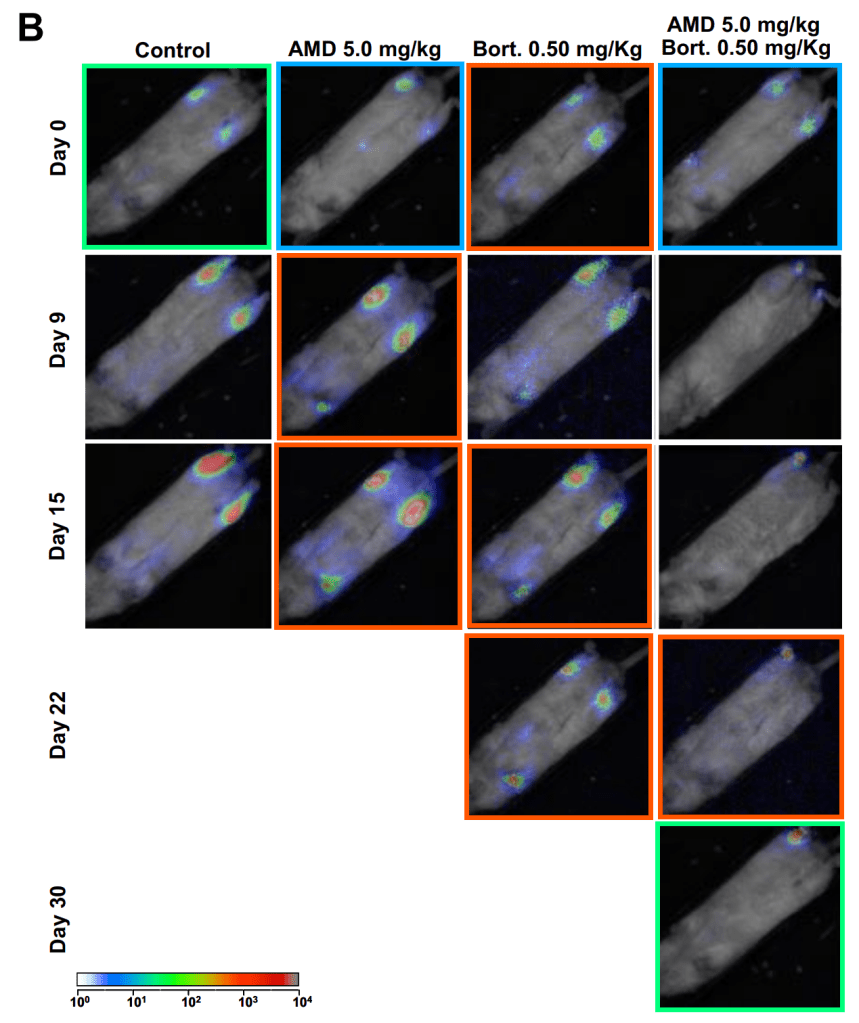
Kenneth C. Anderson (Ken)
As mentioned previously, Irene frequently publishes with Kenneth C. Anderson (you may have noticed above). Ken is also a senior DFCI researcher. Perhaps we can imagine them as Ken and Barbie?
Quite apart from his collaborations with Irene, Ken has an extensive record of problematic papers without Irene. These have been tagged on PubPeer over the last ten years. Perhaps Ken has rotten luck in choosing his collaborators? Here Ken teamed up with the previously mentioned Ron DePinho and Ruben Carrasco for an artistic interpretation of western blotting his CEO Laurie might be impressed by.
Daniel R. Carrasco, Kumar Sukhdeo, Marina Protopopova, Raktim Sinha, Miriam Enos, Daniel E. Carrasco, Mei Zheng, Mala Mani, Joel Henderson, Geraldine S. Pinkus, Nikhil Munshi, James Horner, Elena V. Ivanova, Alexei Protopopov, Kenneth C. Anderson, Giovanni Tonon, Ronald A. DePinho The differentiation and stress response factor XBP-1 drives multiple myeloma pathogenesis Cancer Cell (2007) doi: 10.1016/j.ccr.2007.02.015
How about this muddle in Nature Medicine, also with Ruben Carrasco:
Di Zhu, Zhongqiu Wang, Jian-Jun Zhao, Teresa Calimeri, Jiang Meng, Teru Hideshima, Mariateresa Fulciniti, Yue Kang, Scott B Ficarro, Yu-Tzu Tai, Zachary Hunter, Douglas McMilin, Haoxuan Tong, Constantine S Mitsiades, Catherine J Wu, Steven P Treon, David M Dorfman, Geraldine Pinkus, Nikhil C Munshi, Pierfrancesco Tassone, Jarrod A Marto, Kenneth C Anderson, Ruben D Carrasco The Cyclophilin A-CD147 complex promotes the proliferation and homing of multiple myeloma cells Nature Medicine (2015) doi: 10.1038/nm.3867
A final mix-up with Ruben Carrasco, who is associate professor in Harvard with his own lab at DFCI.
Masahisa Jinushi, Matthew Vanneman, Nikhil C. Munshi, Yu-Tzu Tai, Rao H. Prabhala, Jerome Ritz, Donna Neuberg, Kenneth C. Anderson, Daniel Ruben Carrasco, Glenn Dranoff MHC class I chain-related protein A antibodies and shedding are associated with the progression of multiple myeloma Proceedings of the National Academy of Sciences (2008) doi: 10.1073/pnas.0711293105
Another unlucky choice in scientific collaborators? Ken teamed up with Harvard’s and For Better Science celebrity Carl Ronald Kahn.
Yu-Tzu Tai, Klaus Podar, Laurence Catley, Yu-Hua Tseng, Masaharu Akiyama, Reshma Shringarpure, Renate Burger, Teru Hideshima, Dharminder Chauhan, Nicholas Mitsiades, Paul Richardson, Nikhil C Munshi, C Ronald Kahn, Constantine Mitsiades, Kenneth C Anderson Insulin-like growth factor-1 induces adhesion and migration in human multiple myeloma cells via activation of beta1-integrin and phosphatidylinositol 3′-kinase/AKT signaling Cancer Research (2003) pubmed: 14522909

C Ronald Kahn and The Problem of Irreproducible Bioscience Research
“not everyone in the research community accepts that the problem requires such attention; some believe it is overblown.” -Jeffrey Flier, emeritus dean of Harvard Medical School
James E. Bradner earns another mention for his collaboration here with Ken. Perhaps it’s time for someone to look carefully at his work? He certainly seems to be caught in the crossfire rather a lot. Also put together with the help of DFCIs star oncologist Paul G. Richardson, described in 2022 as “a giant of cancer care in myeloma“.
Teru Hideshima, Jun Qi, Ronald M. Paranal, Weiping Tang, Edward Greenberg, Nathan West, Meaghan E. Colling, Guillermina Estiu, Ralph Mazitschek, Jennifer A. Perry, Hiroto Ohguchi, Francesca Cottini, Naoya Mimura, Güllü Görgün, Yu-Tzu Tai, Paul G. Richardson, Ruben D. Carrasco, Olaf Wiest, Stuart L. Schreiber, Kenneth C. Anderson, James E. Bradner Discovery of selective small-molecule HDAC6 inhibitor for overcoming proteasome inhibitor resistance in multiple myeloma Proceedings of the National Academy of Sciences (2016)
doi: 10.1073/pnas.1608067113
Klaus Podar, formerly of DFCI, and now a professor in Germany, contributed at least two photoshopped efforts with Ken.
Marc S. Raab, Iris Breitkreutz, Giovanni Tonon, Jing Zhang, Patrick J. Hayden, Thu Nguyen, Johannes H. Fruehauf, Boris K. Lin, Dharminder Chauhan, Teru Hideshima, Nikhil C. Munshi, Kenneth C. Anderson, Klaus Podar Targeting PKC: a novel role for beta-catenin in ER stress and apoptotic signaling Blood (2009) doi: 10.1182/blood-2008-05-157040

Another one by Podar and another former postdoc of Ken’s, Yu-Tzu Tai (who is still at DFCI):
Yu-Tzu Tai, Gerrard Teoh , Boris Lin, Faith E. Davies, Dharminder Chauhan, Steven P. Treon, Noopur Raje, Teru Hideshima, Yoshihito Shima, Klaus Podar, Kenneth C. Anderson Ku86 variant expression and function in multiple myeloma cells is associated with increased sensitivity to DNA damage The Journal of Immunology (2000) doi: 10.4049/jimmunol.165.11.6347
Steven P. Treon, director of DFCI’s Bing Center for Waldenström’s Macroglobulinemia Research, is another frequent co-author.
Guang Yang, Yangsheng Zhou, Xia Liu, Lian Xu, Yang Cao, Robert J. Manning, Christopher J. Patterson, Sara J. Buhrlage, Nathanael Gray, Yu-Tzu Tai, Kenneth C. Anderson, Zachary R. Hunter, Steven P. Treon A mutation in MYD88 (L265P) supports the survival of lymphoplasmacytic cells by activation of Bruton tyrosine kinase in Waldenström macroglobulinemia
Blood (2013) doi: 10.1182/blood-2012-12-475111
Nicholas Mitsiades and Constantine Mitsiades are apparently brothers, but not clones (as these blots are).
Dharminder Chauhan, Guilan Li, Daniel Auclair, Teru Hideshima, Paul Richardson, Klaus Podar, Nicholas Mitsiades, Constantine Mitsiades, Cheng Li, Ryung Suk Kim, Nikhil Munshi, Lan Bo Chen, Wing Wong, Kenneth C. Anderson Identification of genes regulated by 2-methoxyestradiol (2ME2) in multiple myeloma cells using oligonucleotide arrays Blood (2003)
doi: 10.1182/blood-2002-10-3146
Constantine Mitsiades is now associate professor at DFCI, he and his brother have more on PubPeer. They also used to be collaborators of Germany’s untouchable top ophtalmologist Antonia Joussen (see the fabrications in Poulaki et al 2002 and Poulaki et al 2004).
DFG decision: Antonia Joussen innocent victim of co-authors’ data manipulations
“The committee […] requests of you for future publications to assess well ahead and to question critically your responsibility for the contributions of the co-authors, also for your own protection.”
The following study was likely conducted in Japan, where DFCI’s Teru Hideshima obviously has contacts, but somehow his postdoctoral advisor Ken has wrangled himself the senior authorship spot. What was his contribution here I wonder?
Masaharu Akiyama, Osamu Yamada, Teru Hideshima, Takaaki Yanagisawa, Kentaro Yokoi, Kohji Fujisawa, Yoshikatsu Eto, Hisashi Yamada, Kenneth C Anderson TNFalpha induces rapid activation and nuclear translocation of telomerase in human lymphocytes Biochemical and Biophysical Research Communications (2004) doi: 10.1016/j.bbrc.2004.02.080

Some of Ken’s associates seem curiously dependent on him for their own research career; DFCI program director and Harvard professor Nikhil C. Munshi is a good example (there are others) who appears to have almost no independent activity.
Noopur Raje, Shaji Kumar, Teru Hideshima, Aldo Roccaro, Kenji Ishitsuka, Hiroshi Yasui, Norihiko Shiraishi, Dharminder Chauhan, Nikhil C. Munshi, Simon R. Green, Kenneth C. Anderson Seliciclib (CYC202 or R-roscovitine), a small-molecule cyclin-dependent kinase inhibitor, mediates activity via down-regulation of Mcl-1 in multiple myeloma Blood (2005) doi: 10.1182/blood-2005-01-0320

Around 2010 Ken retracted three papers in quick succession (Okawa et al 2008, Tai et al 2009, Gatt et al 2010), apparently because the cell lines were mixed up, and to be fair, it does seem like mixing things up is rather in Ken’s wheelhouse, but it does leave one wondering… Was an investigation into the affair ever held? Or were the retractions prompted by secret investigation? How much research funding can you waste on these blunders at DFCI without any consequences or any public comment?
In conclusion: a swathe of research coming out of DFCI authored by the most senior researchers and managers appears to be hopelessly corrupt with errors that are obvious from just a cursory reading the papers.
Imagine what mistakes might be found in the raw data if anyone was allowed to look!
As it happened to the Dean of Harvard Medical School, George Q Daley:
Lopez-Otin and Daley retract Nature Cell Biology paper
The 2015 Nature Cell Biology paper by the Spanish cancer researcher Carlos Lopez-Otin and his US partner George Q Daley, stem cell titan and dean of Harvard Medical School, is being retracted. First author and Lopez-Otin’s student Clara Soria-Valles caused Daley even more trouble: her next groundbreaking paper was meant to be already published, but…
As time marches on, methods have become more “genomical”, and in a lot of ways, harder to scrutinize. I had a go at replicating some of the gene expression analysis in Irene’s papers (for example, see here), and it doesn’t look hopeful, but it isn’t worth anyone’s time to write such comments if obvious errors in images are going to be left unmolested for years at a time.
In 2017, DFCI’s own future Nobel Prize winner William G. Kaelin Jr wrote an opinion piece in Nature, lamenting the proliferation of papers focusing on “impact” rather than robustness, burying weak data in supplements, cherry picking, and other poor practices, he didn’t mention fraud, although there are still some interesting quotes.
“The main question when reviewing a paper should be whether its
William G. Kaelin Jr Nature (2017)
conclusions are likely to be correct, not whether it would be important
if it were true. Real advances are built with bricks, not straw. “
What exactly is the building material of choice at DFCI?
Gregg Semenza: real Nobel Prize and unreal research data
“Even after people have been telling you for, you know, 20 years or more that it’s going to happen, no one expects it.” -Gregg Semenza, Nobel Prize winner 2019
Credit should go to the anonymous and named commenters on PubPeer, Bill and Ken’s papers have been annotated over the last ten years, I presume frequently by Clare Francis. Some of the more recent comment’s especially on Irene’s papers were left by me, sometimes with the help of ImageTwin.ai. Other known contributors include Cheshire, and Elisabeth Bik. Written with some help from Leonid.
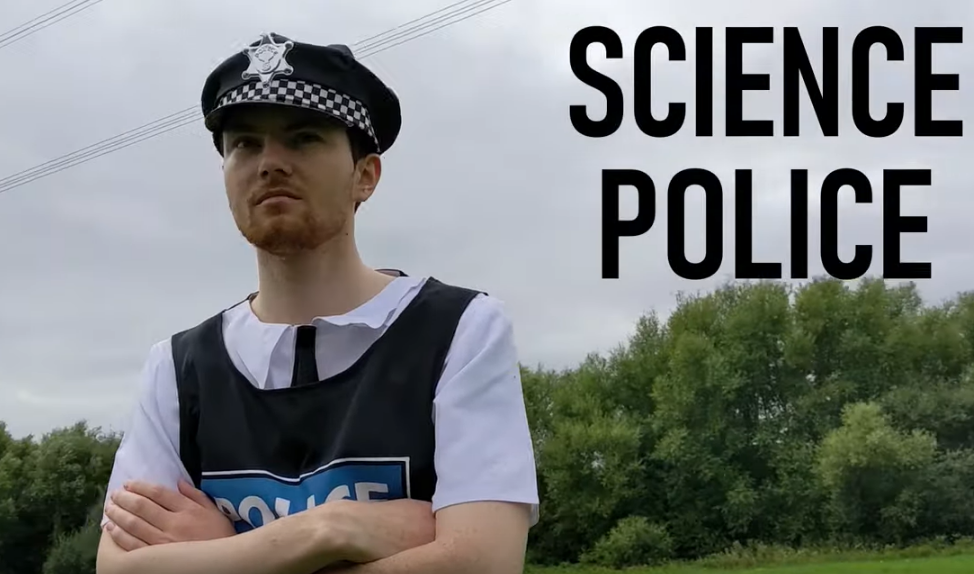
I thank all my donors for supporting my journalism. You can be one of them!
Make a one-time donation:
I thank all my donors for supporting my journalism. You can be one of them!
Make a monthly donation:
Choose an amount
Or enter a custom amount
Your contribution is appreciated.
Your contribution is appreciated.
DonateDonate monthly

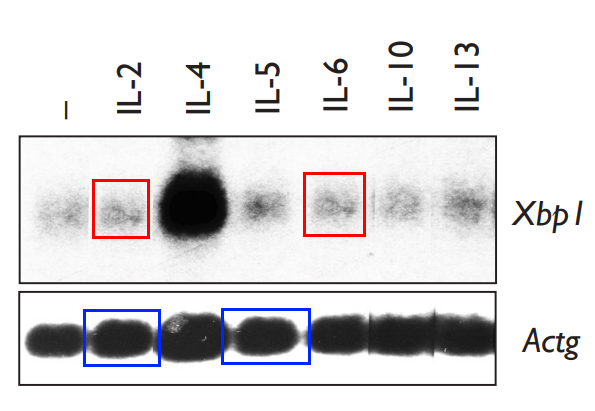
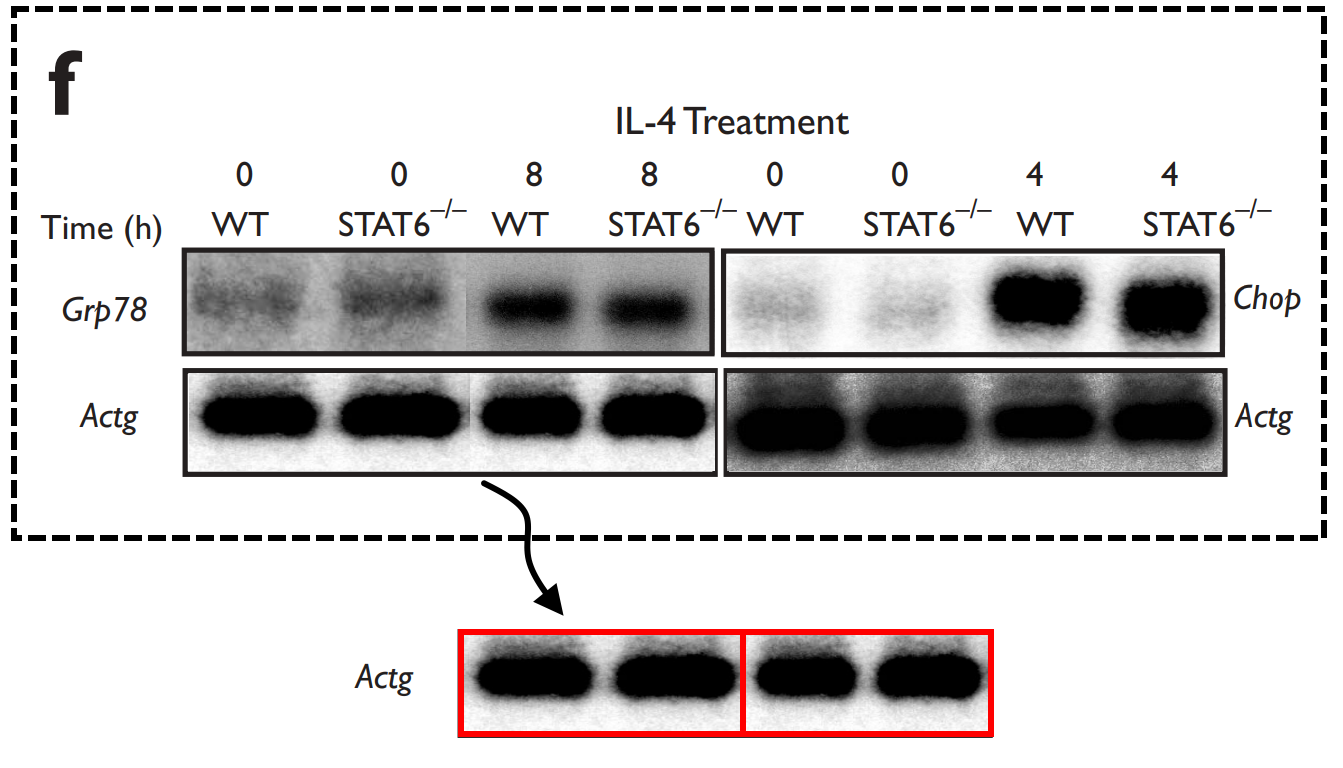

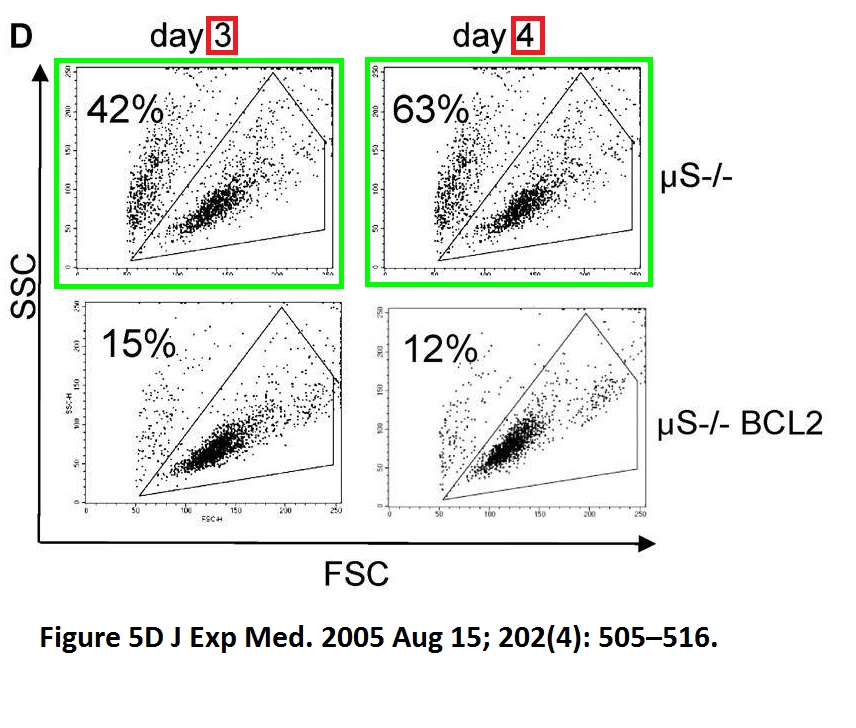

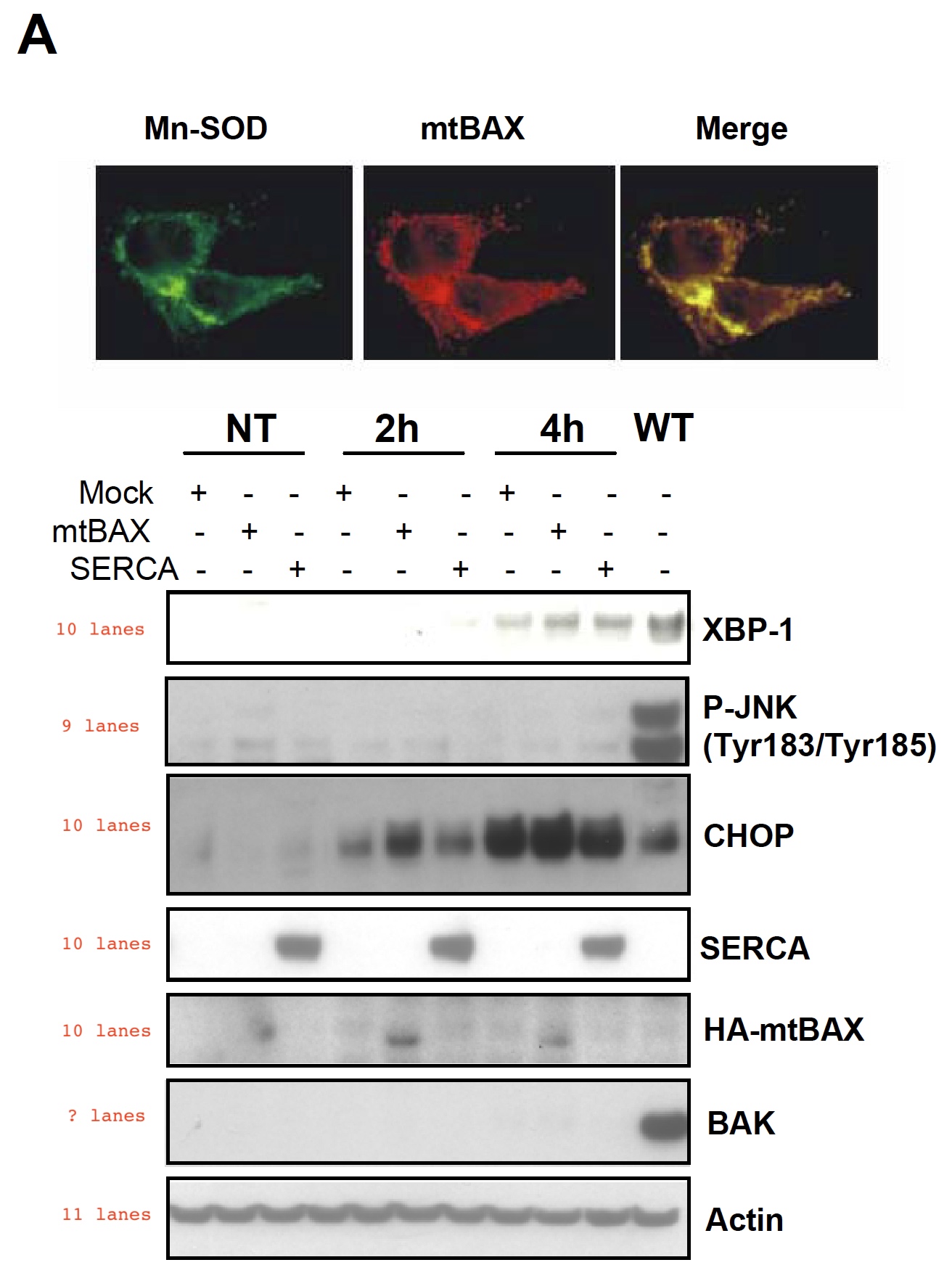
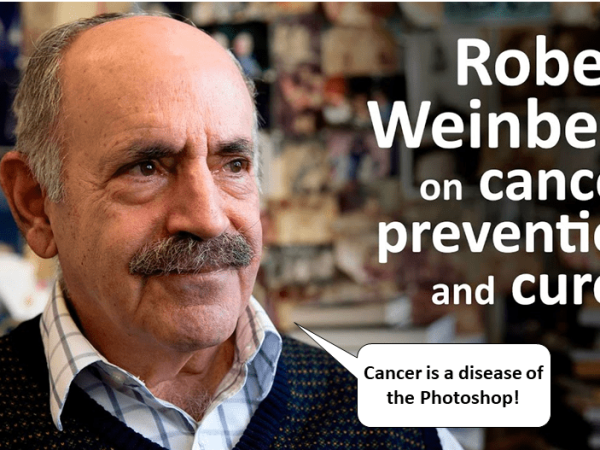

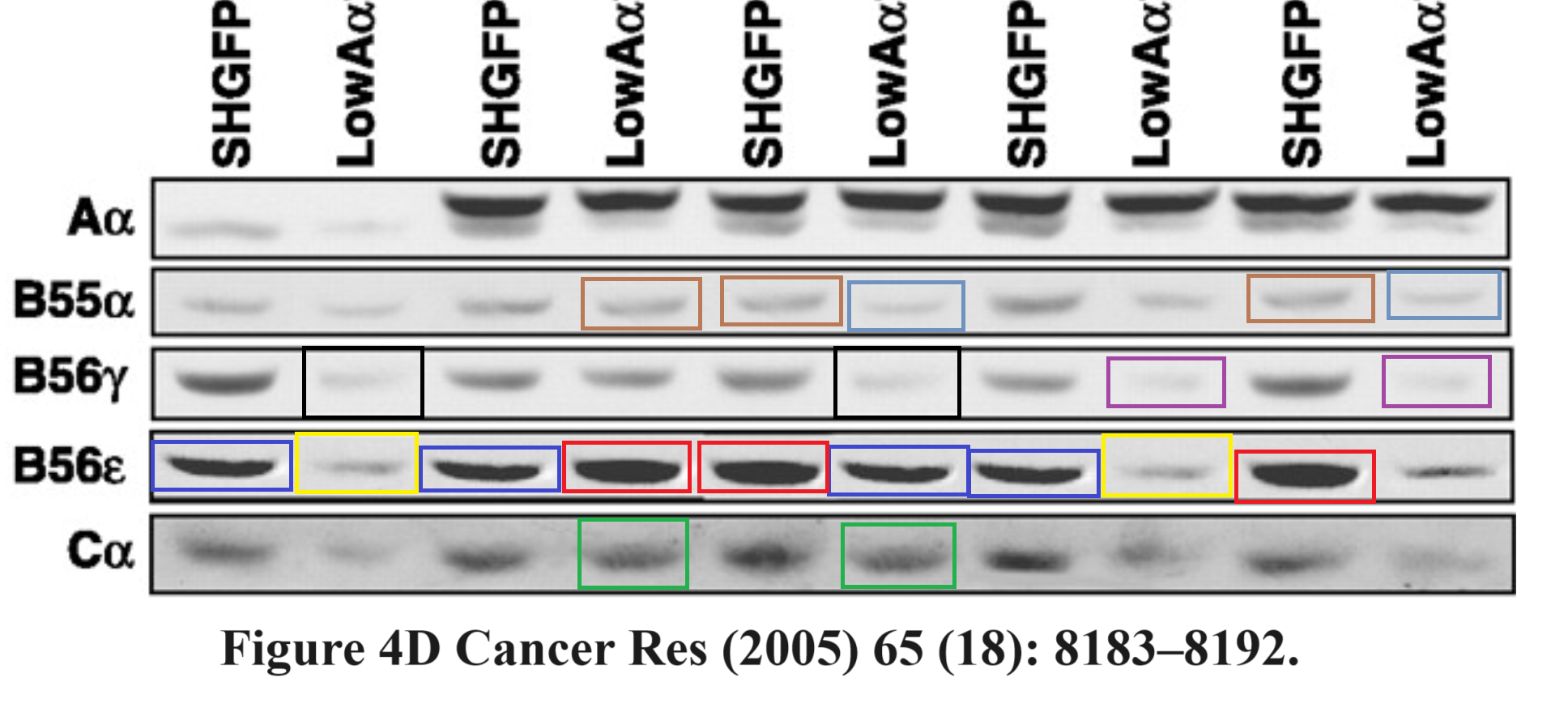

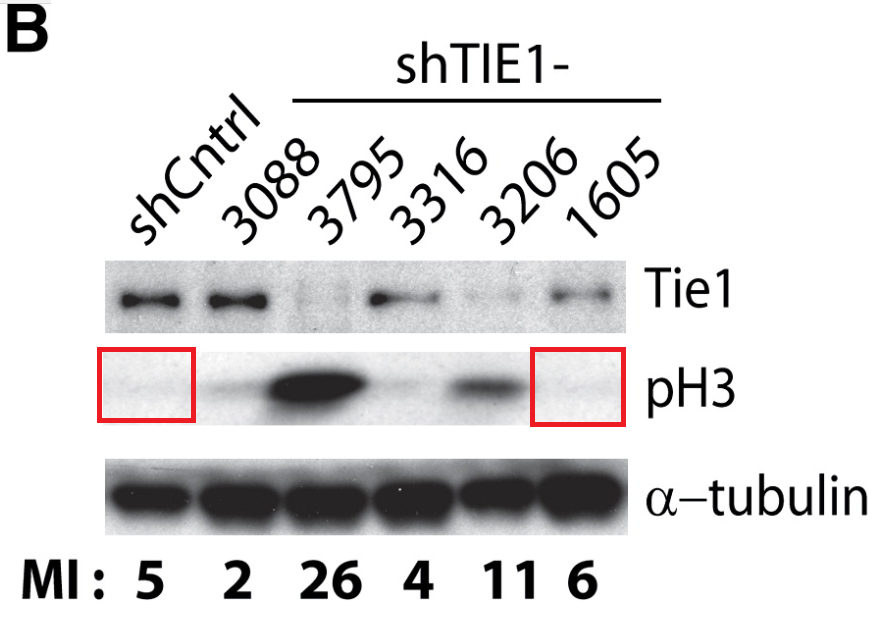

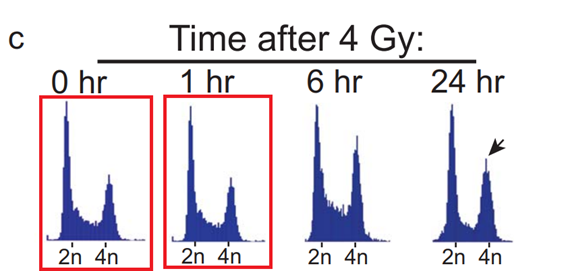
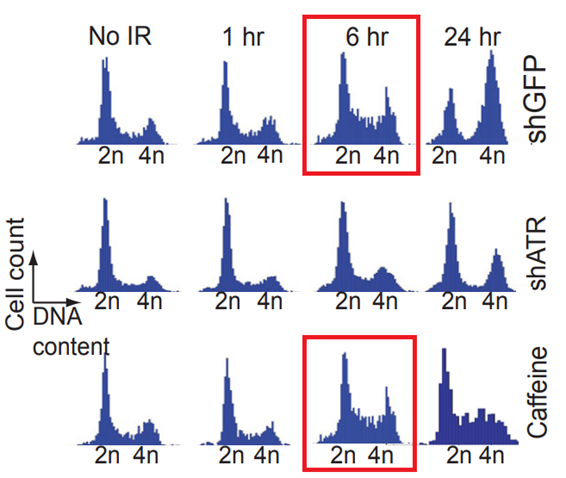

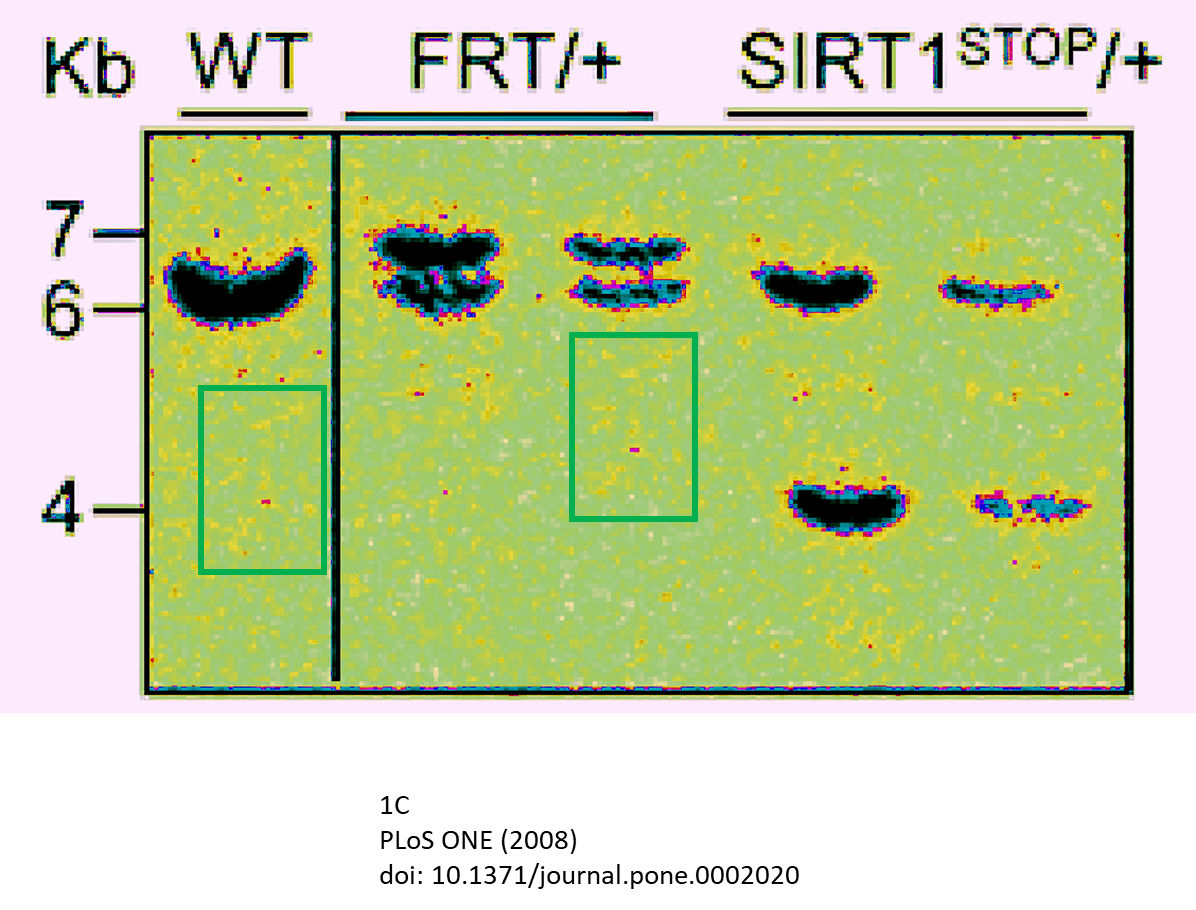




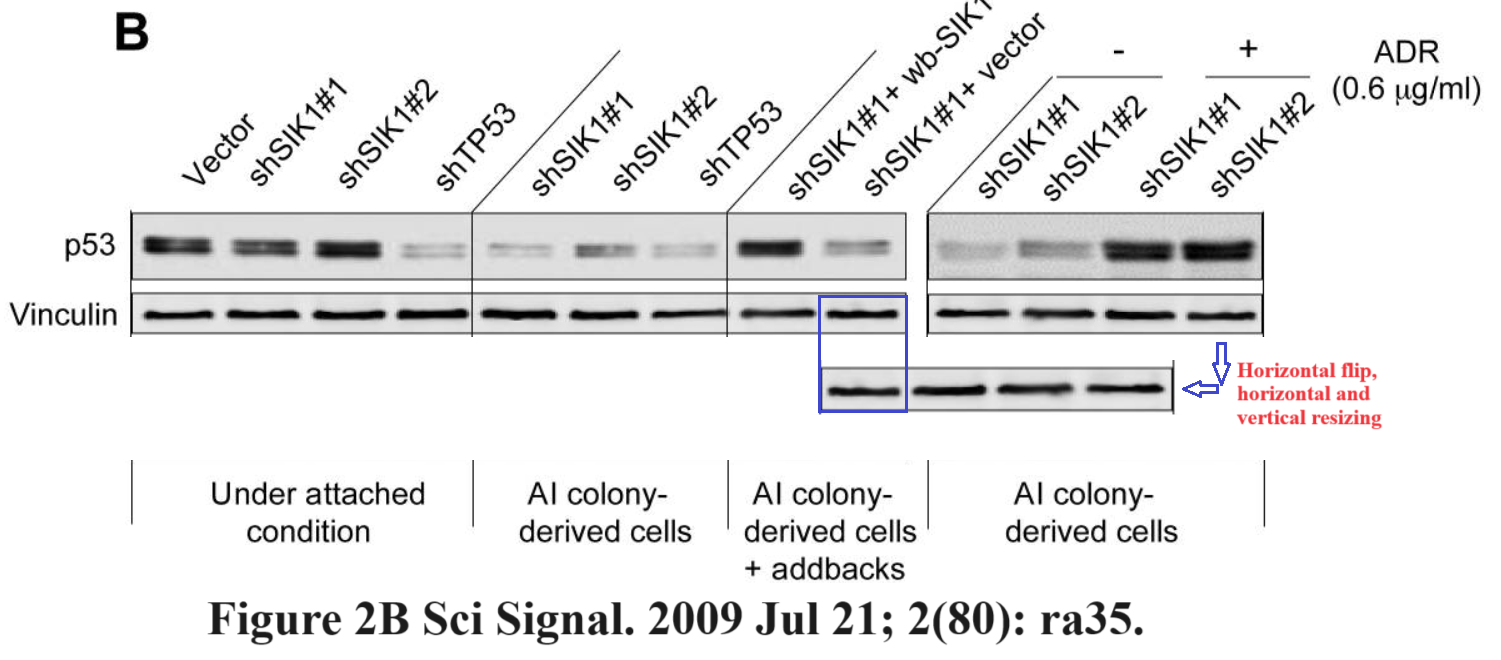


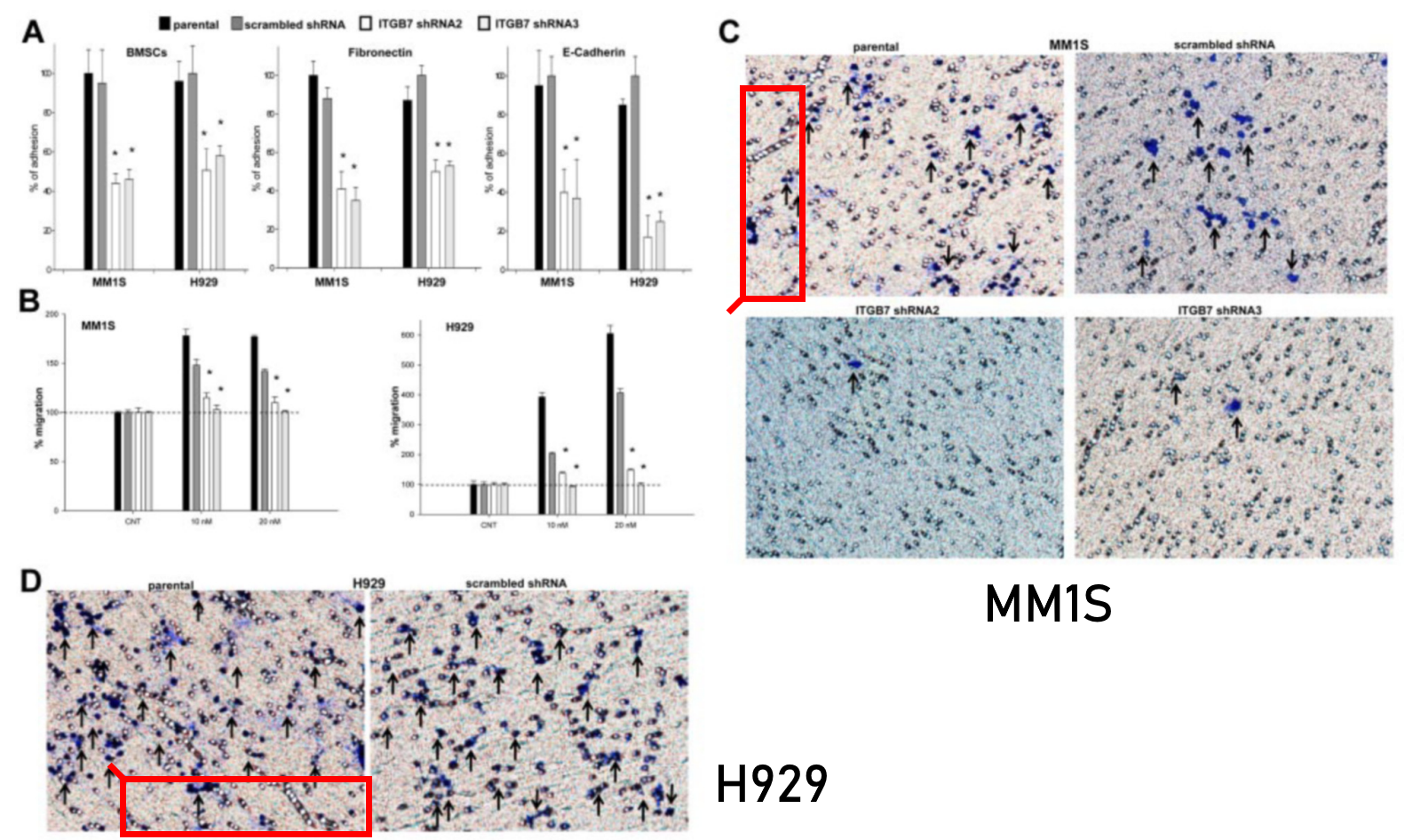
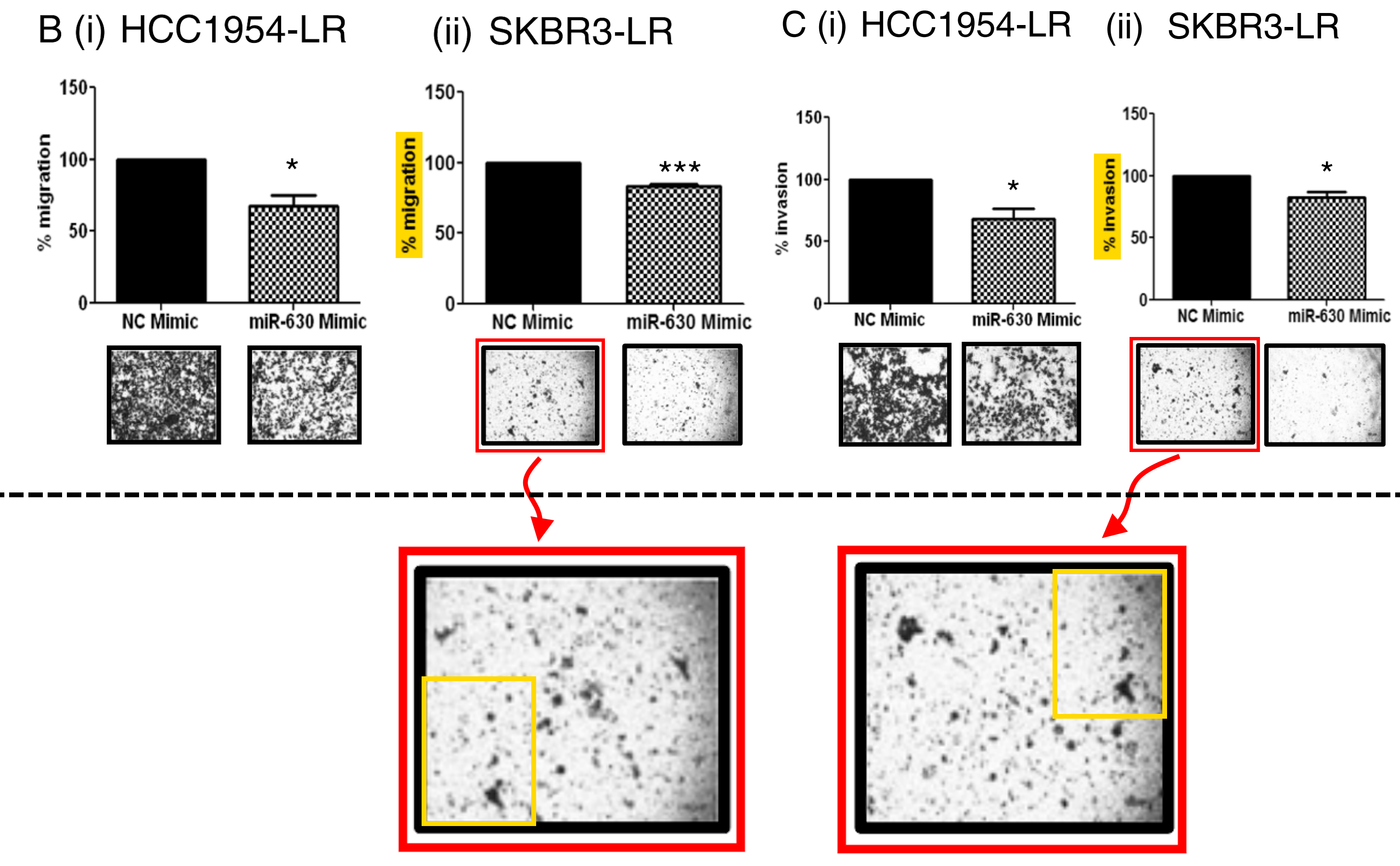
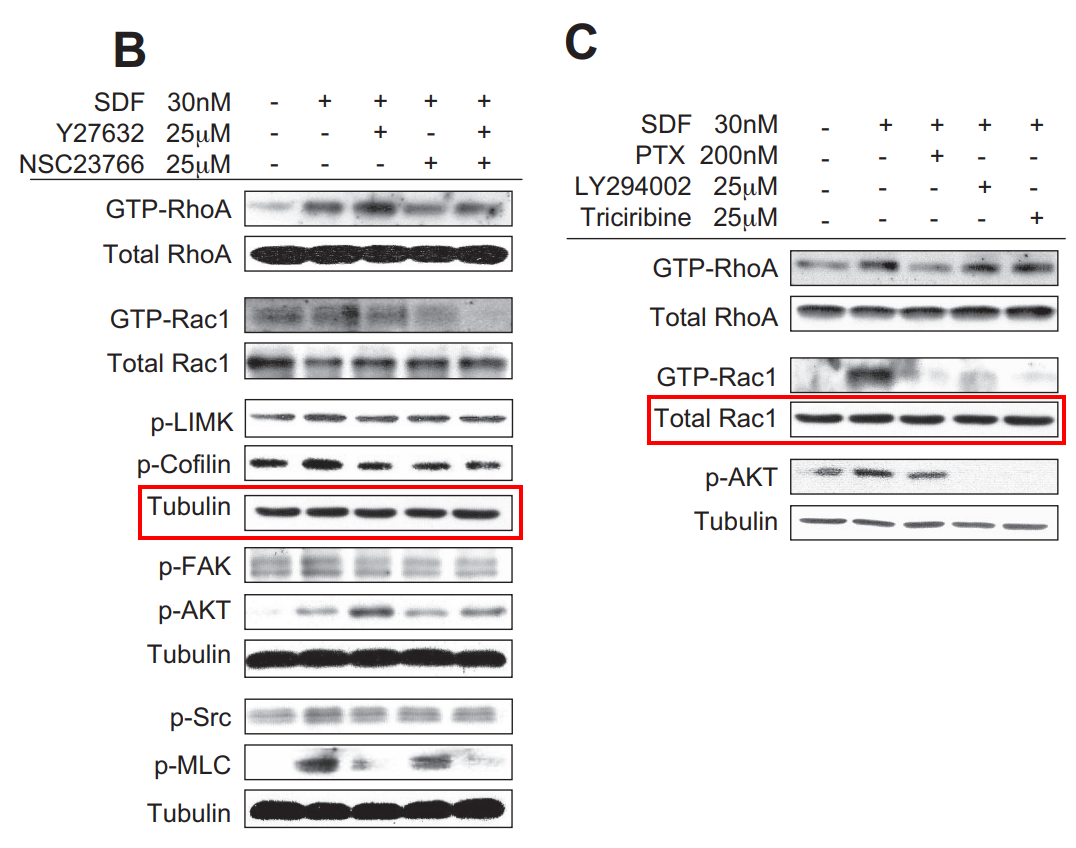




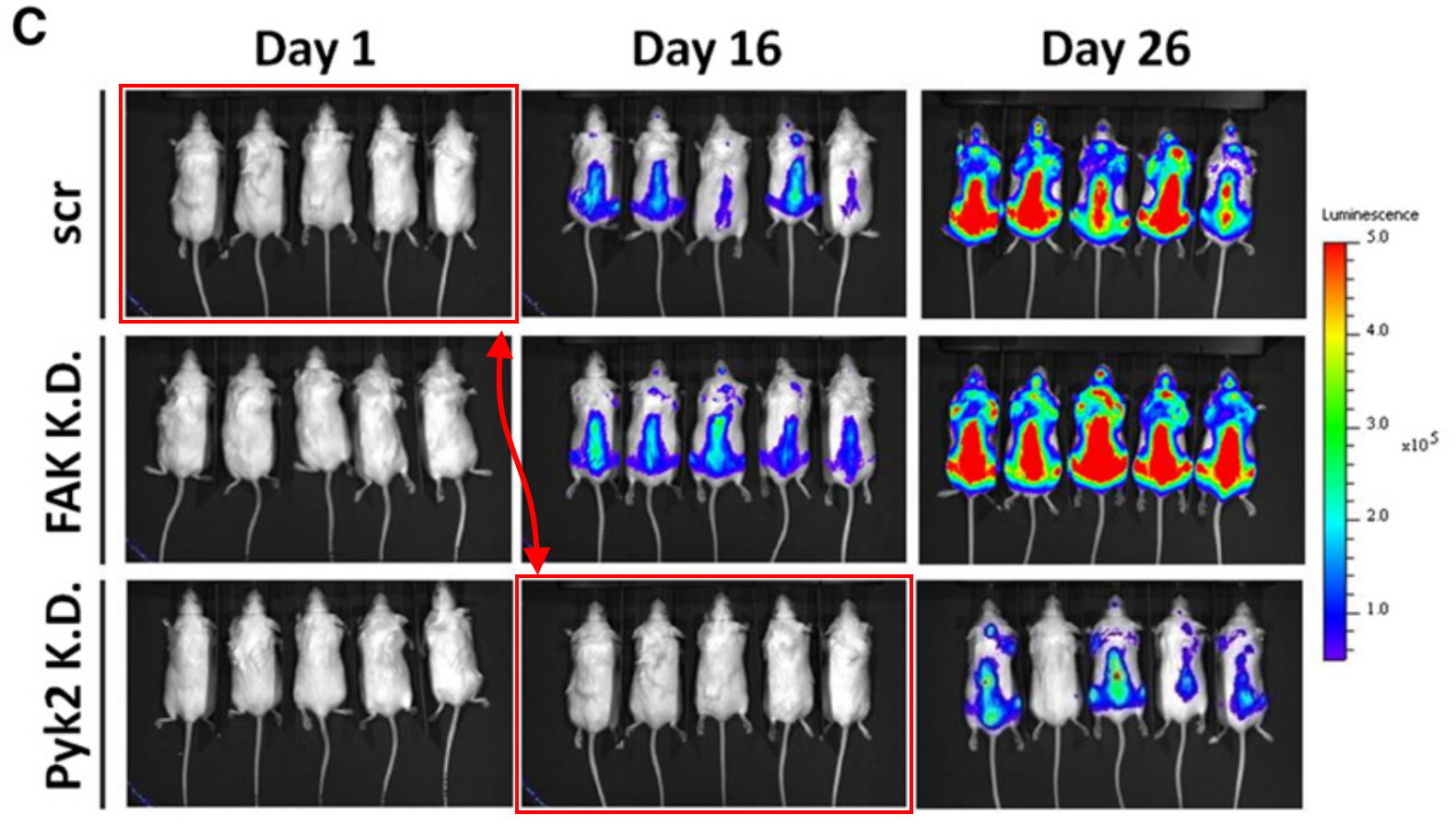

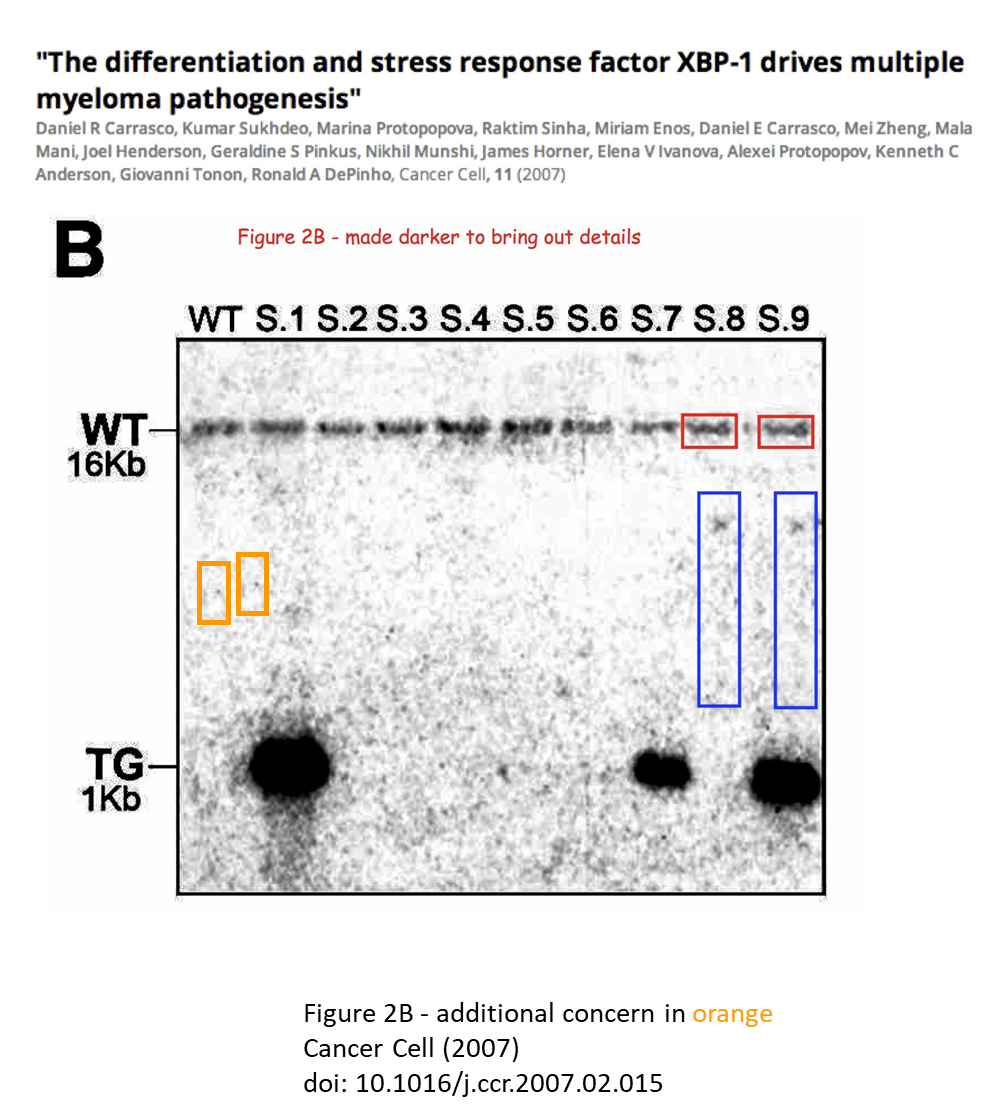
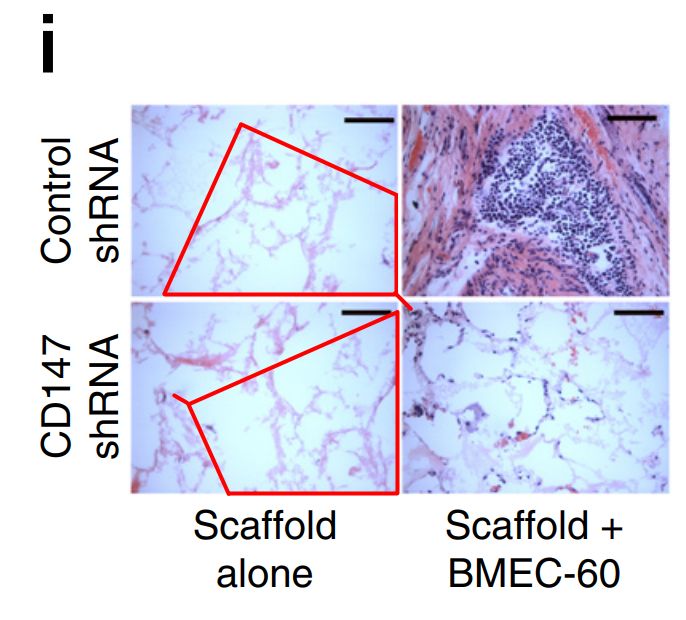
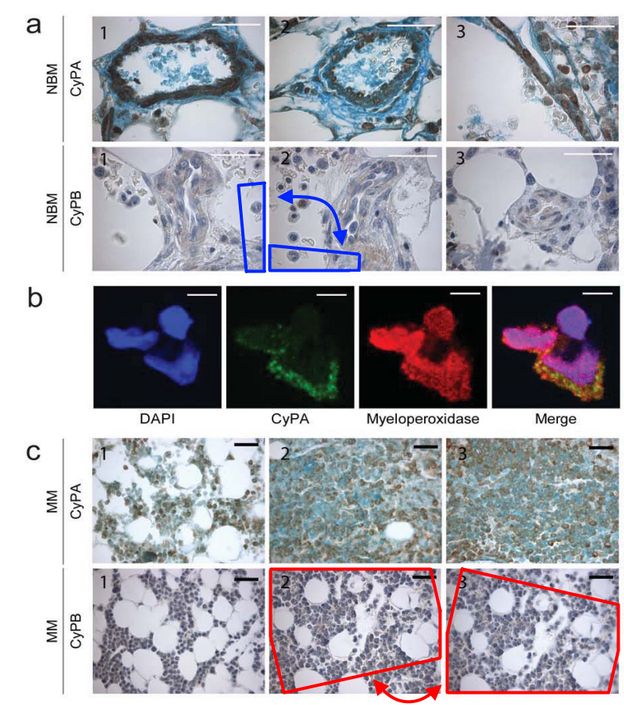


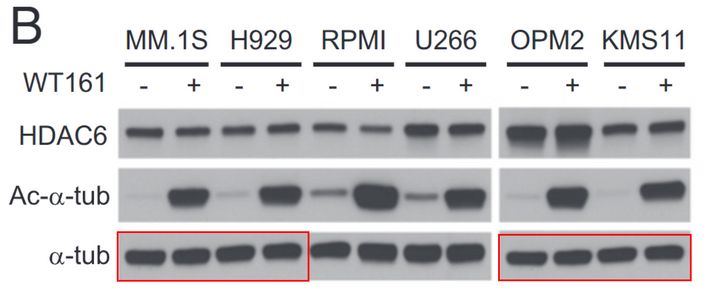
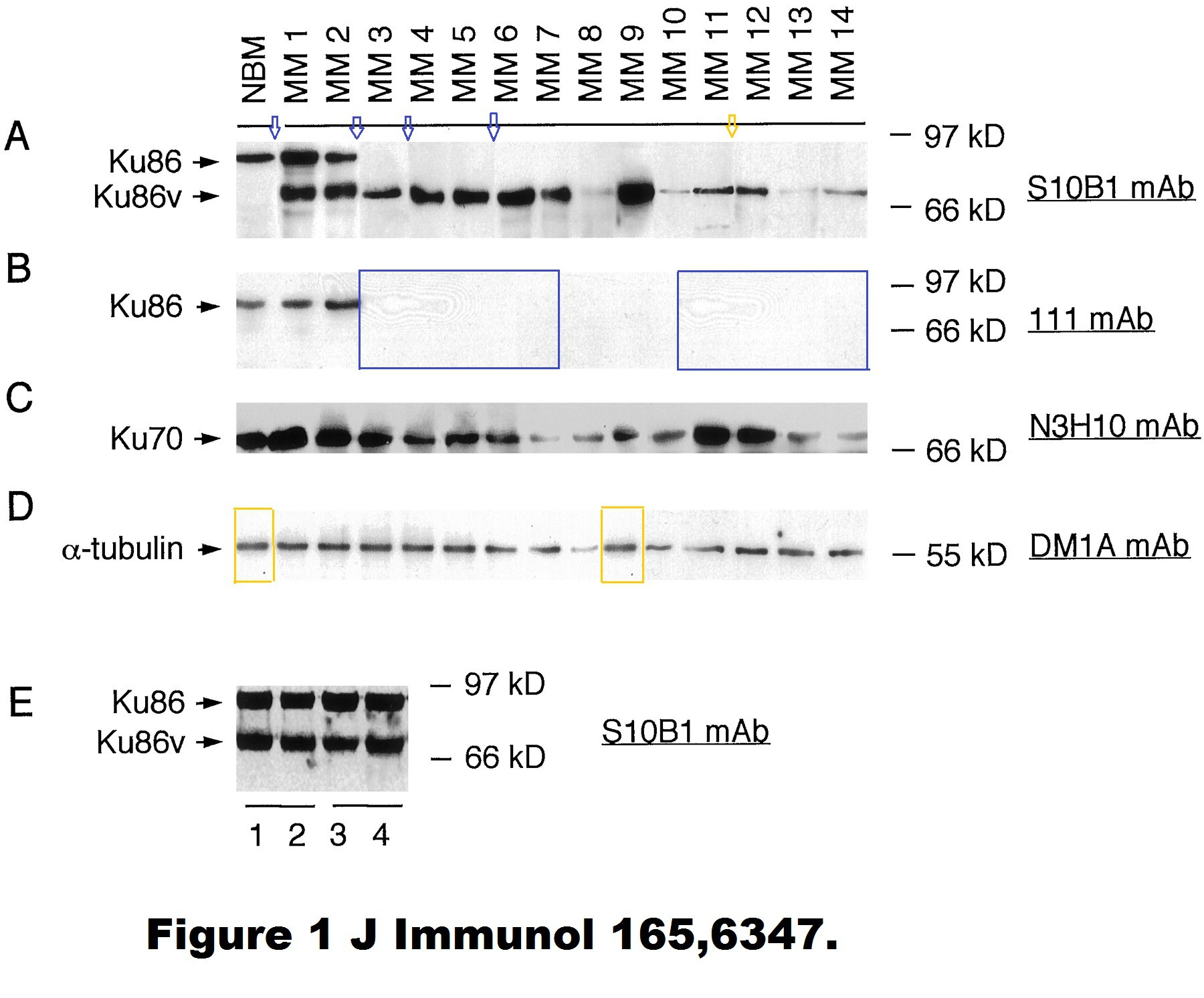
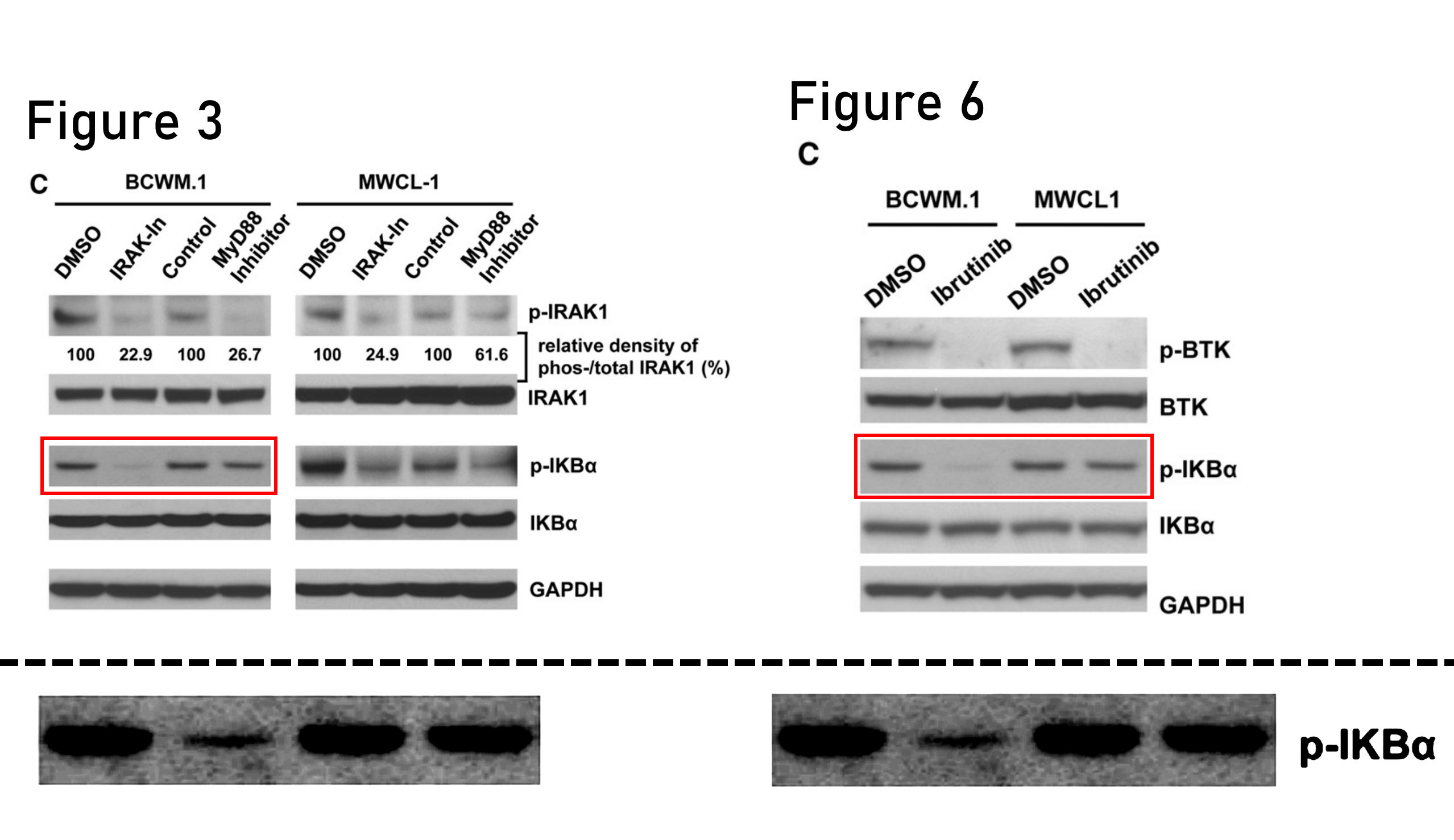
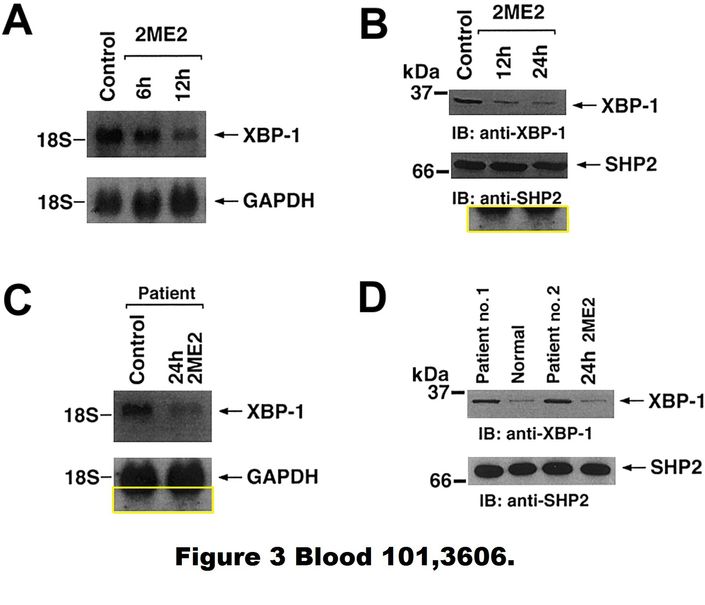




https://dms.hms.harvard.edu/people/raif-s-geha
Admits to mistakes, but there are quite a lot of them, and illogical data.
https://pubpeer.com/search?q=raif+geha
Does he really do experiments?
LikeLike
https://www.tpr.org/2024-01-25/dana-farber-cancer-institute-accused-of-manipulating-study-data
Texas public radio should be told about MD Anderson.
LikeLike
https://www.hsph.harvard.edu/profile/gokhan-s-hotamisligil/
https://pubpeer.com/publications/4966AA09CF15E616FF386E8643BE34
https://pubpeer.com/publications/8EEA13EA78904DA5D1388923A9E2E6
https://pubpeer.com/publications/36D0A9BC3CE8FF1D6D8A53DCF6A497
https://pubpeer.com/publications/2B6A3181A9BC8AF7655EEE90EF4275
https://pubpeer.com/publications/9BDEE04469ACFBED44FD4775BCEF47
https://pubpeer.com/publications/6700A447752FC285435695E91506A4
https://pubpeer.com/publications/5105D35547D9FDC77ACBC8A19A8B46
https://pubpeer.com/publications/A750E93E9DF8076D38B99B0B520573
https://pubpeer.com/publications/3E55F1486E8DA617159EBA012F0B2A
LikeLike
I don’t know, STAT News are the real experts here, not us…
LikeLike
https://www.dana-farber.org/find-a-doctor/sabina-signoretti
https://pubpeer.com/search?q=signoretti
LikeLike
While I respect and appreciate your work, I would like to point out that some of the WB spots you claim to be copy-pasted could actually be original. The shape of the band is largely influenced by the shape of the wells and gel issues such as overheating, which will affect the entire gel or even multiple gels if they are run in one tank. I have personally seen numerous raw WB pictures with similarly the same spots in the entire control raw. Also, the shape of the spots would be the same in one vertical band because of the same gel artifact in the well. Additionally, sometimes there are overflows to the neighboring band or an empty band, and such artifacts are typically cut away leading to the artifacts like in Figure 1f.
However, I understand that you have many examples of 100% copy-pasted figures, and I do not want to belittle the importance of addressing such issues. It is just that in this particular case, the method itself can lead to extremely similar-looking spots, and it is important to take that into consideration.
Lastly, I would like to address the comment you made about the images being “sufficiently high quality to be quite certain that Photoshop was involved.” Since Nature and other top journals would not accept low-quality images, it is important to note that some contrast and brightness adjustments would be necessary in most cases. Alternatively, if you have a strong signal, you can get a beautiful picture without resorting to Photoshop. HoweverFrom the other side, if one is not honest, they could always manipulate the image while photographing a gel in a way that suits their interest, with or without Photoshop.
LikeLike
“I have personally seen numerous raw WB pictures with similarly the same spots in the entire control raw”
Could you show a few examples here?
LikeLike
This is probably the most stupid comment I have received in response to all of this. It’s also one of the most concerning because to the uninitiated it might seem like you know what you’re talking about.
First: Please do not attempt to give me a (bad) lesson on western blots and electrophoresis.
“Since Nature and other top journals would not accept low-quality images” – Deluded. There are plenty of examples of low quality images from “top journals” in this very blog post.
LikeLike
There is one issue that seems to be overlooked by the majority of people and scientists as well. These are papers in peer-reviewed journals, and it is part of the reviewer’s job to make sure that the data have good quality and support the conclusions. Also, many journals today ask to provide raw images if the ones in the paper were photoshopped. So the reviewers should be able to check the reliability of the data presentation in the paper.
This raises a big question about the quality and the standards of the reviewer’s work.
LikeLike
Sounds like off loading the blame onto the reviewers and editors.
LikeLike
Boston Globe picking up on the story again.
https://www.bostonglobe.com/2024/01/28/metro/dana-farber-cancer-institute-retractions/
How did the problematic data get through peer review?
Yes, good to blame the editors and reviewers.
As Silvia Bulfone-Paus always used to say:
“The editors should have caught us.”
LikeLike
The article is about Sholto’s work but it doesn’t link to FBS, instead to Retraction Watch and interviews Ivan Oransky who these days plays Sholto’s father or whatever.
And then people wonder why I keep insulting journalists.
““We’ve tried to be more forthcoming than most of our peers,” said Thorp, who retracted two papers that Science had published from Tessier-Lavigne.”
Lying twerp.
LikeLike
https://findadoc.bidmc.org/details/1676/gerburg-wulf-medical_oncology-boston
https://pubpeer.com/search?q=Gerburg+Wulf
LikeLike
The Gruniad is reporting.
https://amp.theguardian.com/science/2024/jan/29/sholto-david-biologist-finds-flaws-in-scientific-papers
LikeLike
BMJ (British Medical Journal) reporting.
https://www.bmj.com/content/384/bmj.q249
LikeLike
I am not a scientist. I happened upon this article and found it disturbingly enlightening. I would imagine many of us non-scientists naively trust that scientists practice integrity in their work, especially given the vital nature it plays in the well being of life. Now I am reminded that anywhere where there are humans there those who are honest and those who are not. I applaud and am highly grateful to you for your work and that of other watchdogs. It is greatly heartening to me that there are humans of such high integrity.
LikeLiked by 1 person
Thanks Amy. Exactly right:
“anywhere where there are humans there those who are honest and those who are not.”
Scientists are no different. Actually, not even more intelligent than the average. Many of them are incredibly stupid.
LikeLike
Hi Amy, great comment. Tracks very well with my own thoughts on this matter and part of why I write these blogs, scientists are human and deserve scrutiny. Perhaps even more than most. And maybe even bloggers and watchdogs are deserving of it too 😉 Not Leonid though.
LikeLike
Harvard professor makes revolutionary proposal.
“I suggest using a transparent formula that is weighted toward test scores and high school grades, adjusting it by whichever other factors can be publicly justified, such as geographic and socioeconomic diversity, and allowing for human judgment in exceptional cases.”
Obviously not doing that at the present.
https://www.thecrimson.com/column/council-on-academic-freedom-at-harvard/article/2024/1/29/pinker-harvard-legacy-admissions/
LikeLike
https://www.hsph.harvard.edu/profile/robert-v-farese/
Problematic data
https://pubpeer.com/search?q=robert+v+farese
LikeLike
https://bcmp.hms.harvard.edu/faculty-staff/morris-francis-white-jr
https://pubpeer.com/search?q=morris+f+white
Ignore the SARS ones.
LikeLike
https://eye.hms.harvard.edu/georgeking
https://pubpeer.com/publications/AE2BCE7D3E42C59BBB2DD0EC3845CD
https://pubpeer.com/publications/F9CB042BC35BE16015ABB4D7D5F8FD
https://pubpeer.com/publications/AE1D27B68ED9532520D3E5AB9C227B
https://pubpeer.com/publications/3CCCF9B5D48FB69B68D45B9F887F80
https://pubpeer.com/publications/9FFE2F75C24E8E9A9794192A239399
https://pubpeer.com/publications/7E25815045A737E1B03AD854CFB428
https://pubpeer.com/publications/B490D656612CD57CA7035A1855BFCE
https://pubpeer.com/publications/977FA786D01C1D1108E1A6C77DB1F5#1
https://pubpeer.com/publications/86F609EF06A39AAB4B888C4F4103C9
https://pubpeer.com/publications/FC96A4D2821EBBE77873720FFCCC51
LikeLike
George L King has 4 retractions.
http://retractiondatabase.org/RetractionSearch.aspx#?auth%3dKing%252c%2bGeorge%2bL
LikeLike
https://www.bostonglobe.com/2024/01/28/metro/dana-farber-cancer-institute-retractions/
“Claudio Aspesi, a former senior investment analyst at Bernstein Research who covered the academic publishing market, said that publishers often have few incentives to invest in resources like staff to better vet articles.
“Yes, these companies are extremely profitable. They could spend more, and they could do better,” Aspesi said. “But the pressure from the market and from investors is not necessarily thinking that way. The pressure is on improving profitability in the near term, to have a clear path to increase profitability over time.”
But too many retractions could ultimately harm a journal’s bottom line if its reputation is tarnished. “There is a point where if you do things badly enough, it really does matter,” he said.”
One way out of having too many retractions is not to retract, that simple.
There are plenty of papers in Nature, Science and Cell which should be retracted, but aren’t retracted.
Don’t retract: problem solved.
Even if Nature, Science and Cell were to retract significantly more papers many would still be rushing to publish in them. Retractions might sink the Hindawi part of Wiley publishers, but retractions will have less impact on Nature, Science, or Cell.
Just like the universities, the publishers admit to nothing. The dams will hold.
LikeLike
The argument that it is community standard becomes stronger.
https://www.thedailybeast.com/harvard-neuroscientist-khalid-shah-accused-of-research-fakery-and-plagiarism
LikeLike
https://www.wsj.com/science/harvard-professors-papers-contain-copied-images-science-sleuth-claims-82e2610e
What a laugh! How come his line manager didn’t notice?
LikeLike
Elisabeth blogged about it:
LikeLike
They won’t say: “tatty bye!” to any of them as that would be an admission of guilt. Admit to nothing is the party line.
LikeLike
There’s something about the Brigand and Women’s Hospital researchers compared with those at the other 6 Harvard teaching hospitals, although the Beth Israel Deaconess Medical Center isn’t far behind.
LikeLike
If Alan Garber, interim President of Harvard, were to move against them where will the new ones come from, MD Anderson?
LikeLike
https://www.theguardian.com/science/2024/feb/03/the-situation-has-become-appalling-fake-scientific-papers-push-research-credibility-to-crisis-point
This point was backed by Bishop: “People are building careers on the back of this tidal wave of fraudulent science and could end up running scientific institutes and eventually be used by mainstream journals as reviewers and editors. Corruption is creeping into the system.”
Sounds familiar!
LikeLike
Three 15 February 2024 Editor’s Notes for Irene M Ghobrial, Dana Faber Cancer Institute, Harvard:-
Editor’s Note: Mechanisms of Activity of the TORC1 Inhibitor Everolimus in Waldenstrom Macroglobulinemia | Clinical Cancer Research | American Association for Cancer Research (aacrjournals.org)
Editor’s Note: Eph-B2/Ephrin-B2 Interaction Plays a Major Role in the Adhesion and Proliferation of Waldenstrom’s Macroglobulinemia | Clinical Cancer Research | American Association for Cancer Research (aacrjournals.org)
Editor’s Note: Targeting Akt and Heat Shock Protein 90 Produces Synergistic Multiple Myeloma Cell Cytotoxicity in the Bone Marrow Microenvironment | Clinical Cancer Research | American Association for Cancer Research (aacrjournals.org)
LikeLike
https://www.nbcnews.com/science/science-news/-ignored-community-science-sleuths-now-research-community-heels-rcna136946
“Sholto David, who publicly exposed concerns about Dana-Farber research in a blog post, said he largely “gave up” on writing letters to journal editors about errors he discovered because their responses were so insufficient.”
LikeLike
Geoffrey Shapiro, MD, PhD – Dana-Farber Cancer Institute | Boston, MA
Recent retraction.
PubPeer – Polymerase θ inhibition activates the cGAS-STING pathway and…
Paper with what appear to be at least 4 image duplications.
PubPeer – Epidermal growth factor receptors harboring kinase domain mu…
Other papers with problematic data:-
Collaboration with the U.K..
PubPeer – Pre-clinical evaluation of cyclin-dependent kinase 2 and 1 i…
PubPeer – Non-small-cell lung cancer and Ba/F3 transformed cells harbo…
PubPeer – The impact of human EGFR kinase domain mutations on lung tum…
LikeLike
Another problematic Geoffrey I Shapiro, Dana Faber Cancer Institute, paper at Pubpeer.
https://pubpeer.com/publications/4D067DEA7DCAB90C9976B1A7B59124
LikeLike
Two more problematic Dana Faber Cancer Institute publications:-
First one.
https://pubpeer.com/publications/48F4A71C797CBF8C3E4C24A02C03A9#1
https://pubpeer.com/publications/48F4A71C797CBF8C3E4C24A02C03A9#2
Second one.
https://pubpeer.com/publications/CDB5E33D173604B06737E639295222#1
LikeLike
Another problematic Dana Faber Cancer Institute publication.
https://pubpeer.com/publications/632D4CD1CE50CDCB7E4C5278D22BB1#2
LikeLike